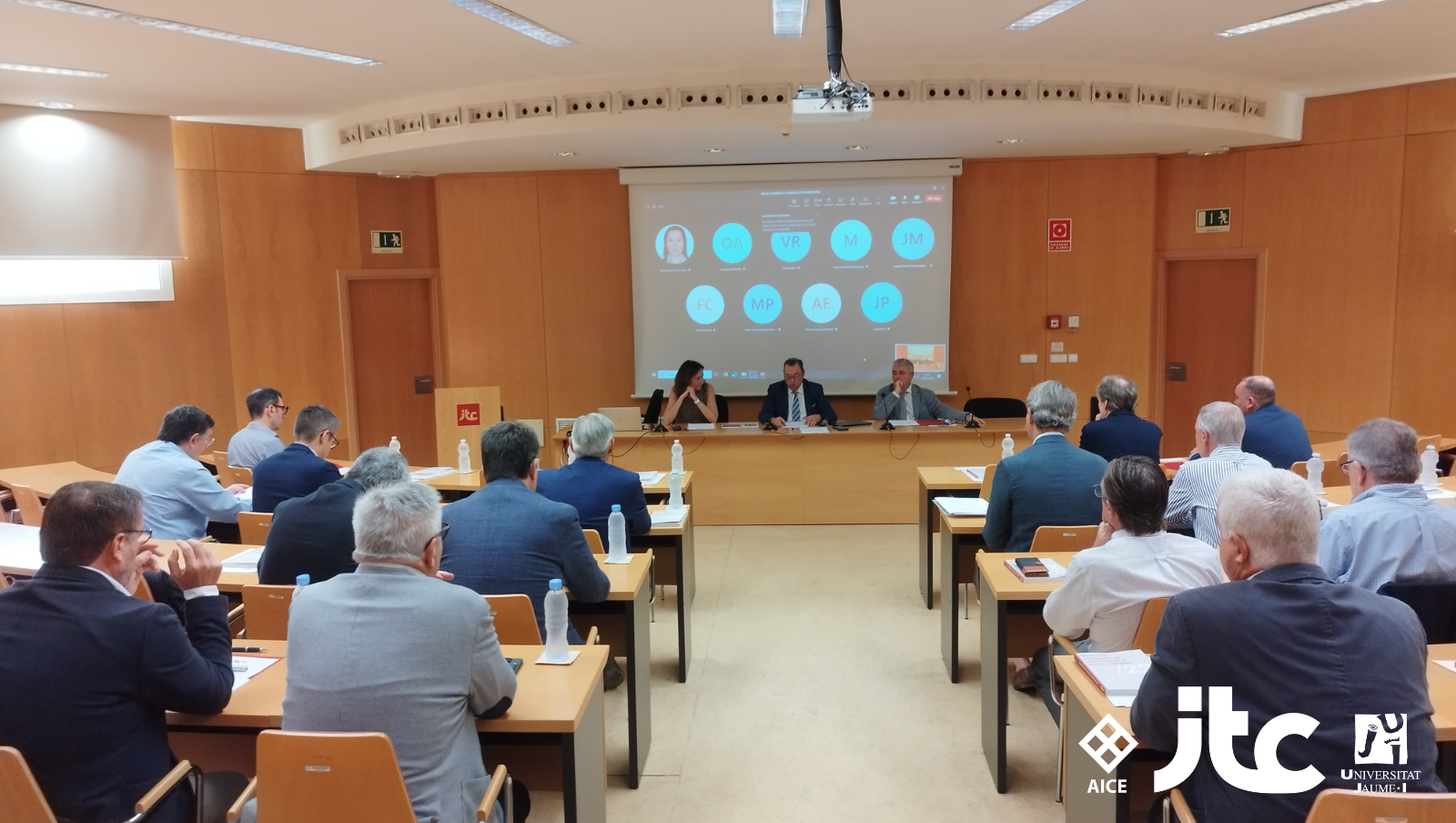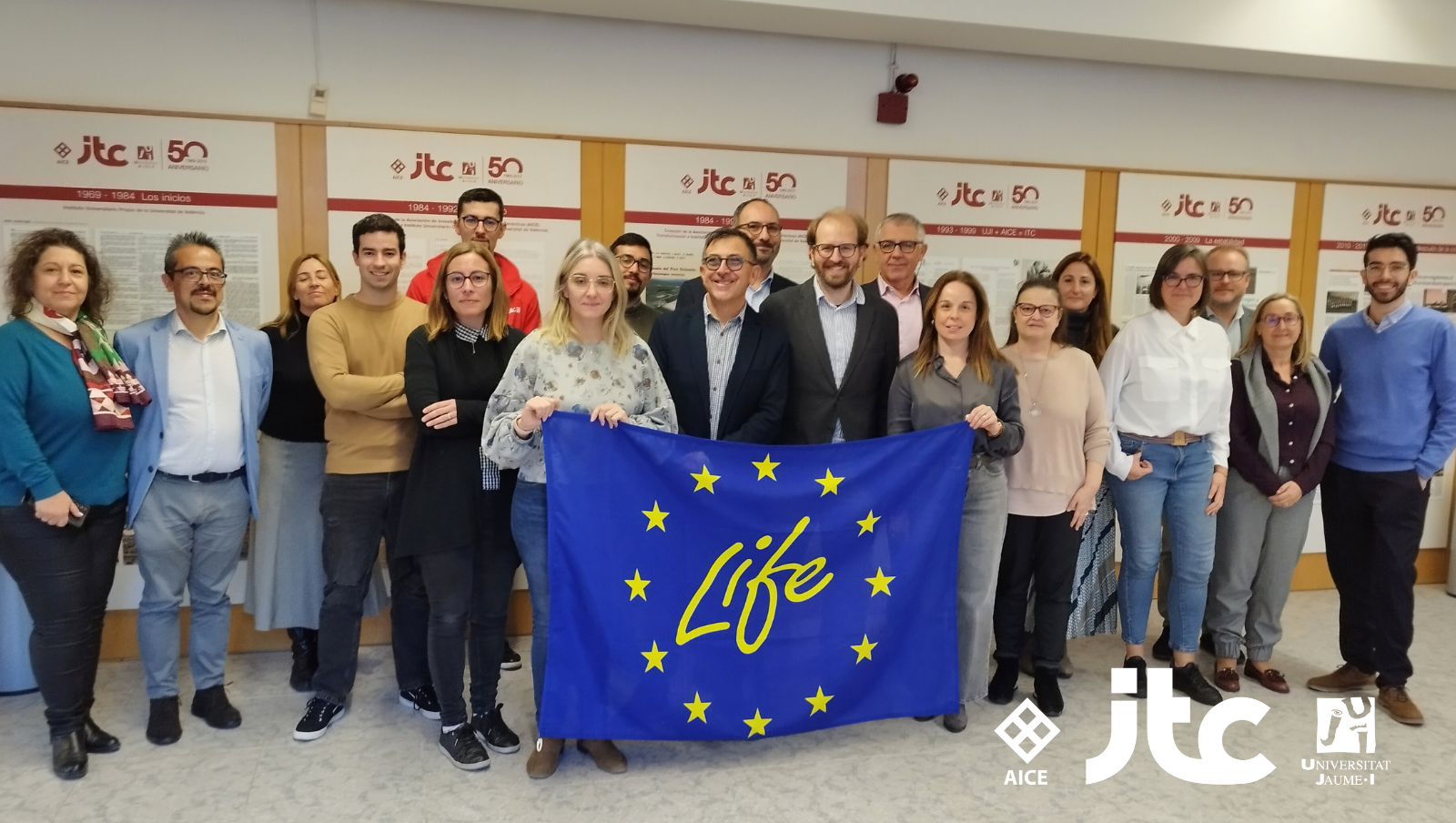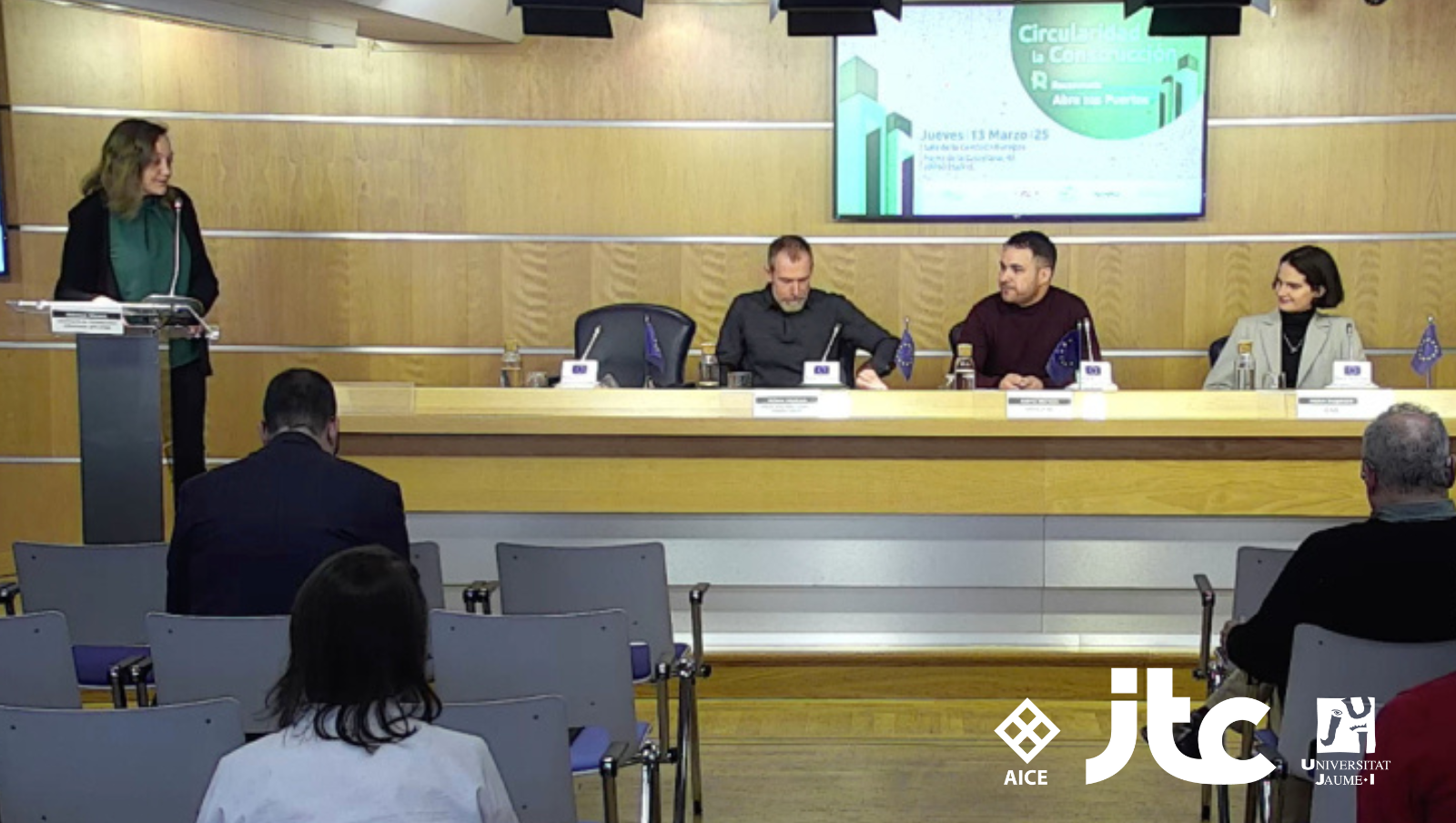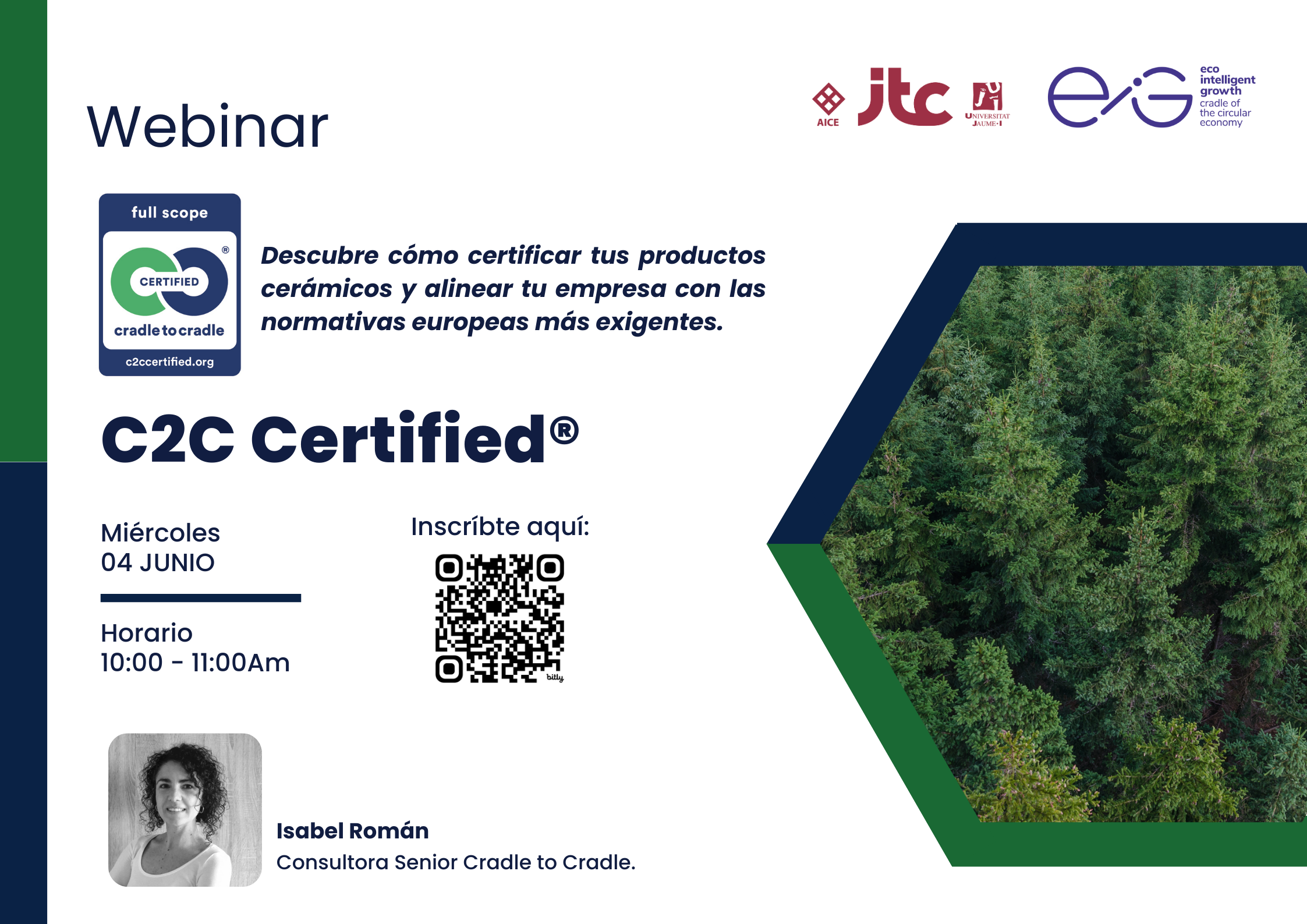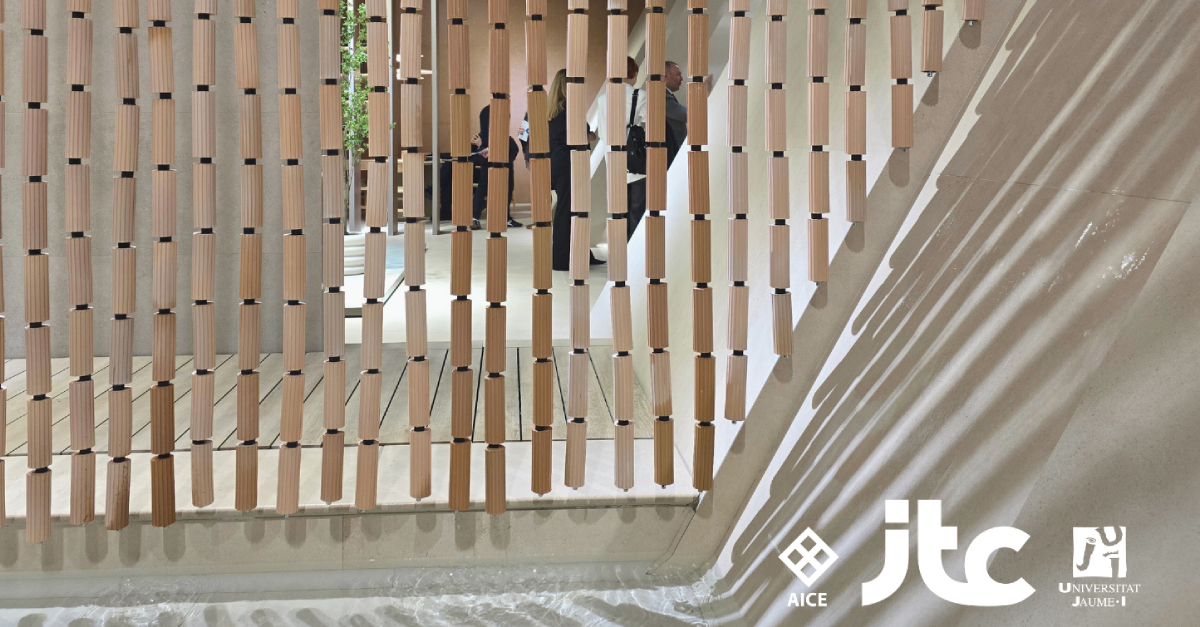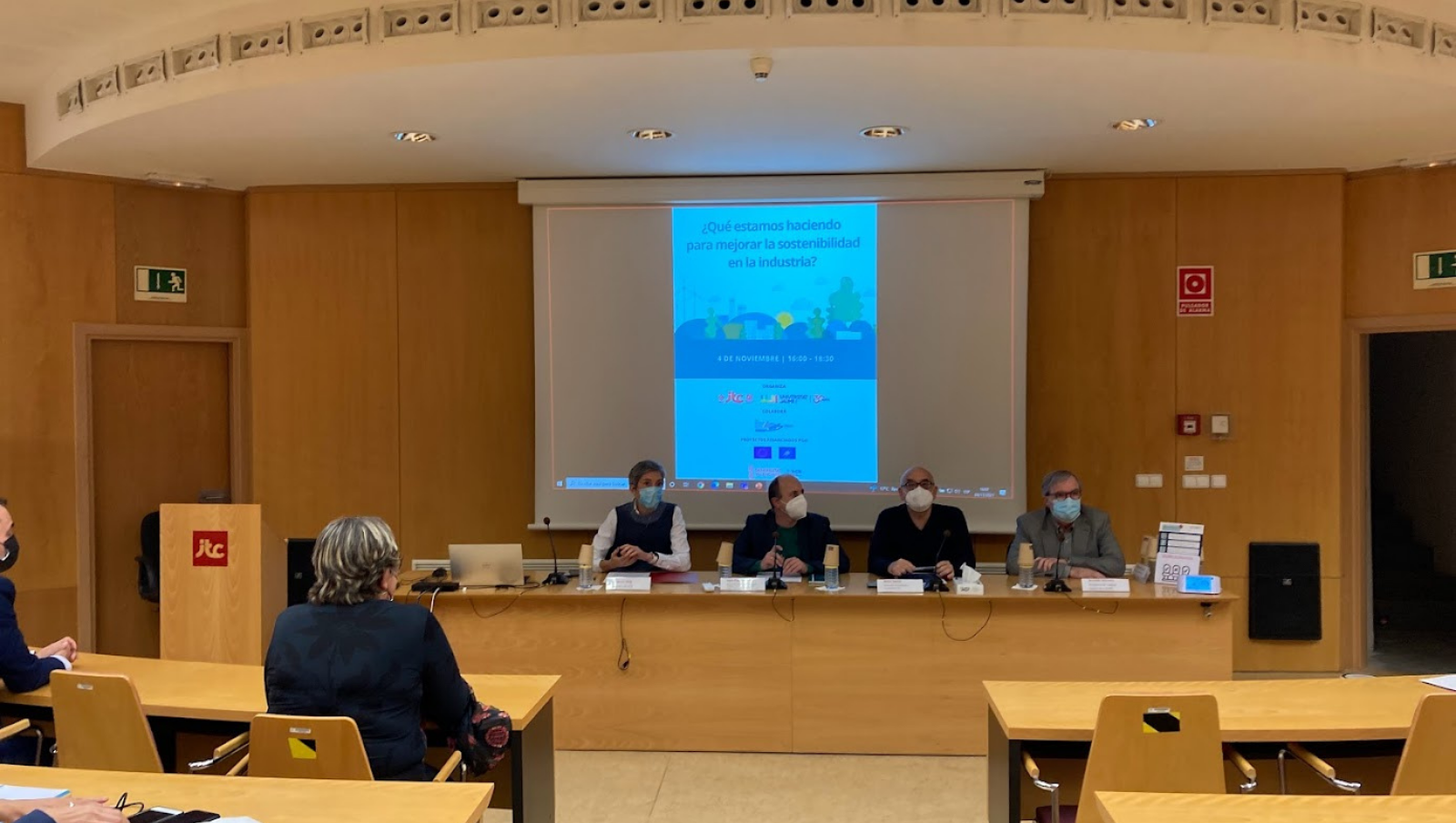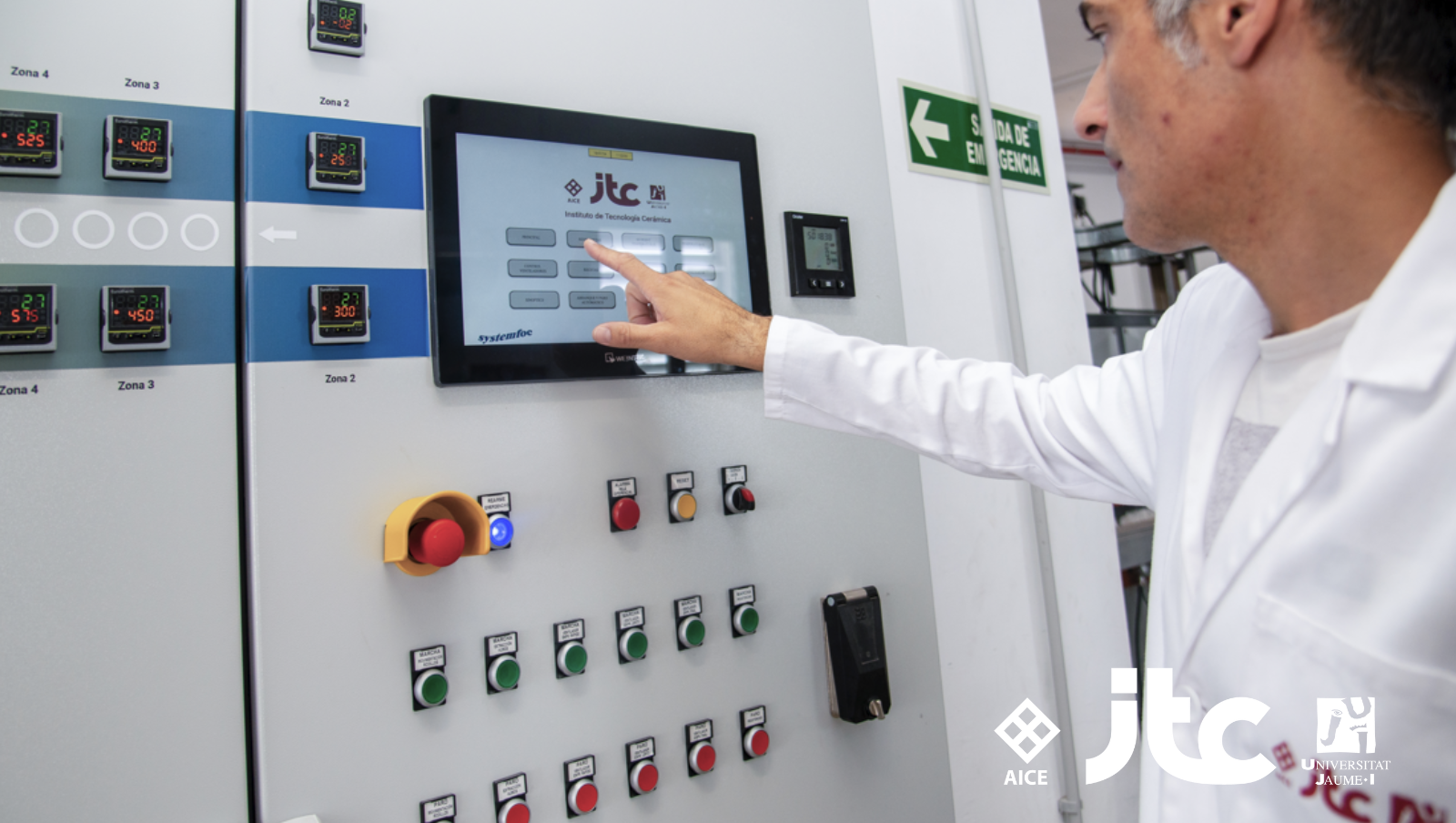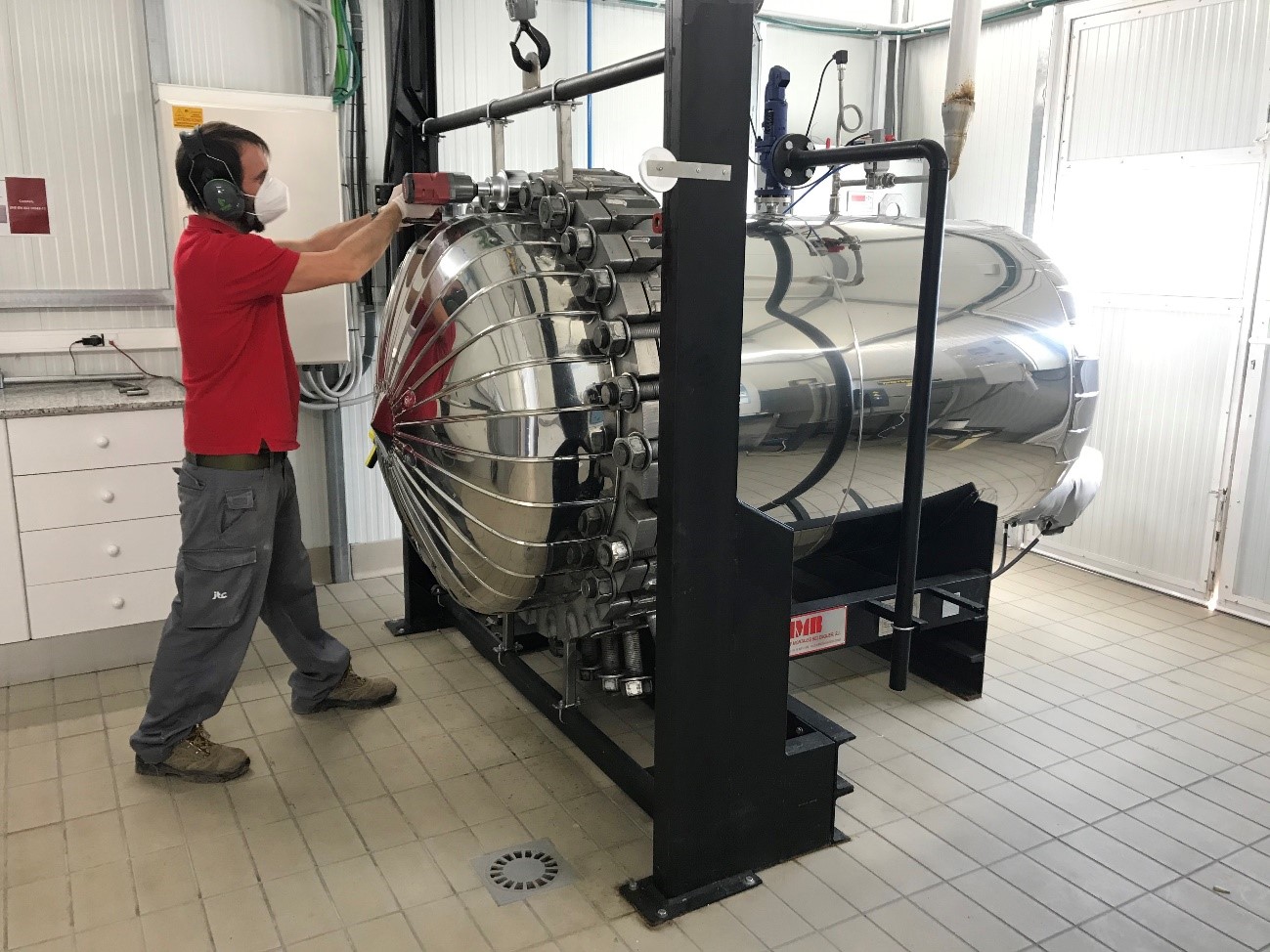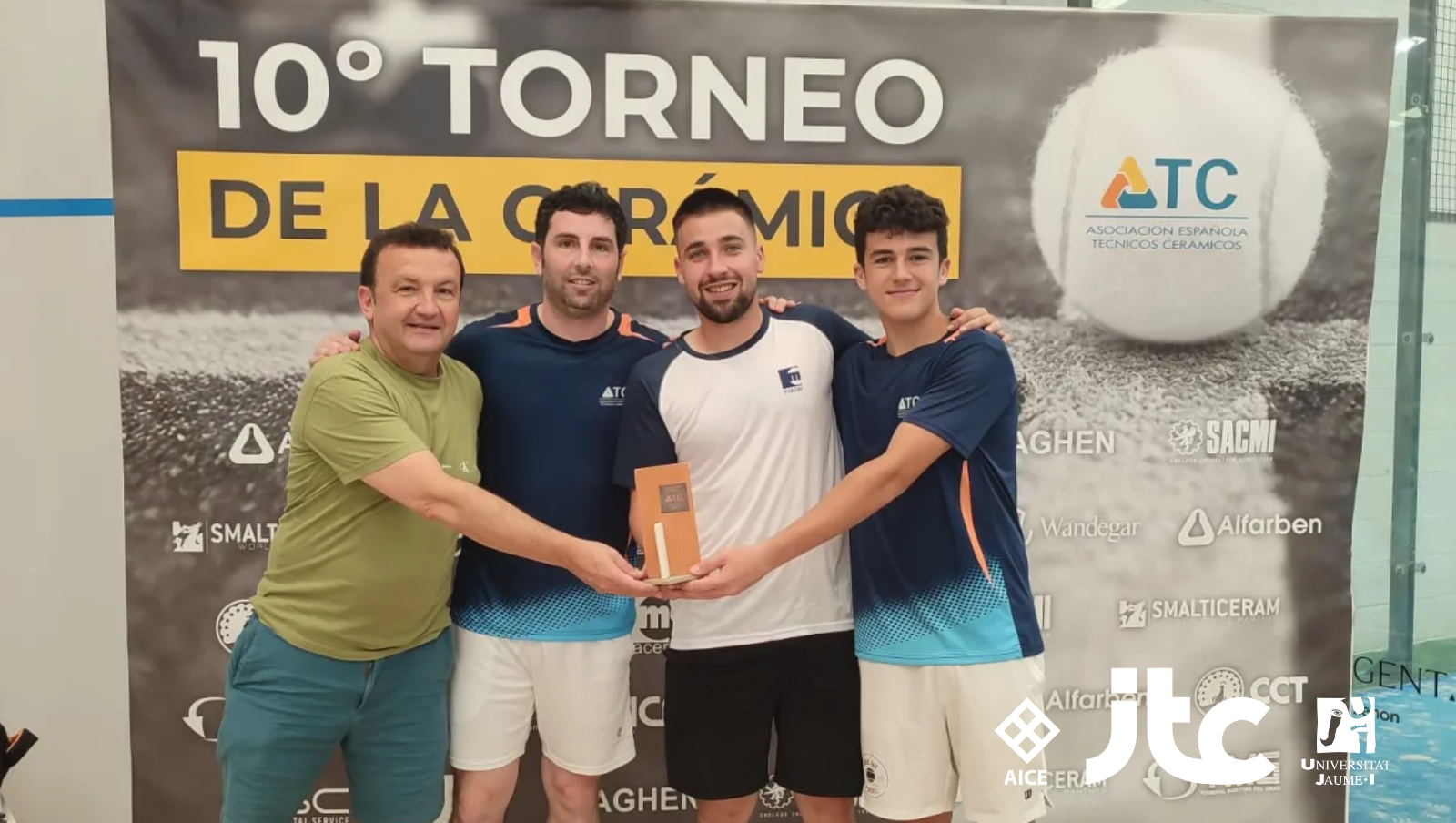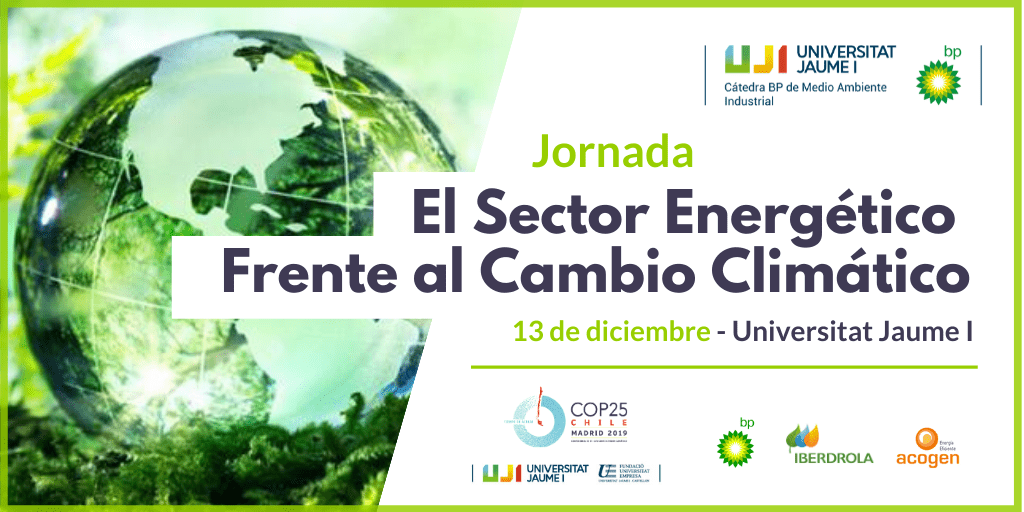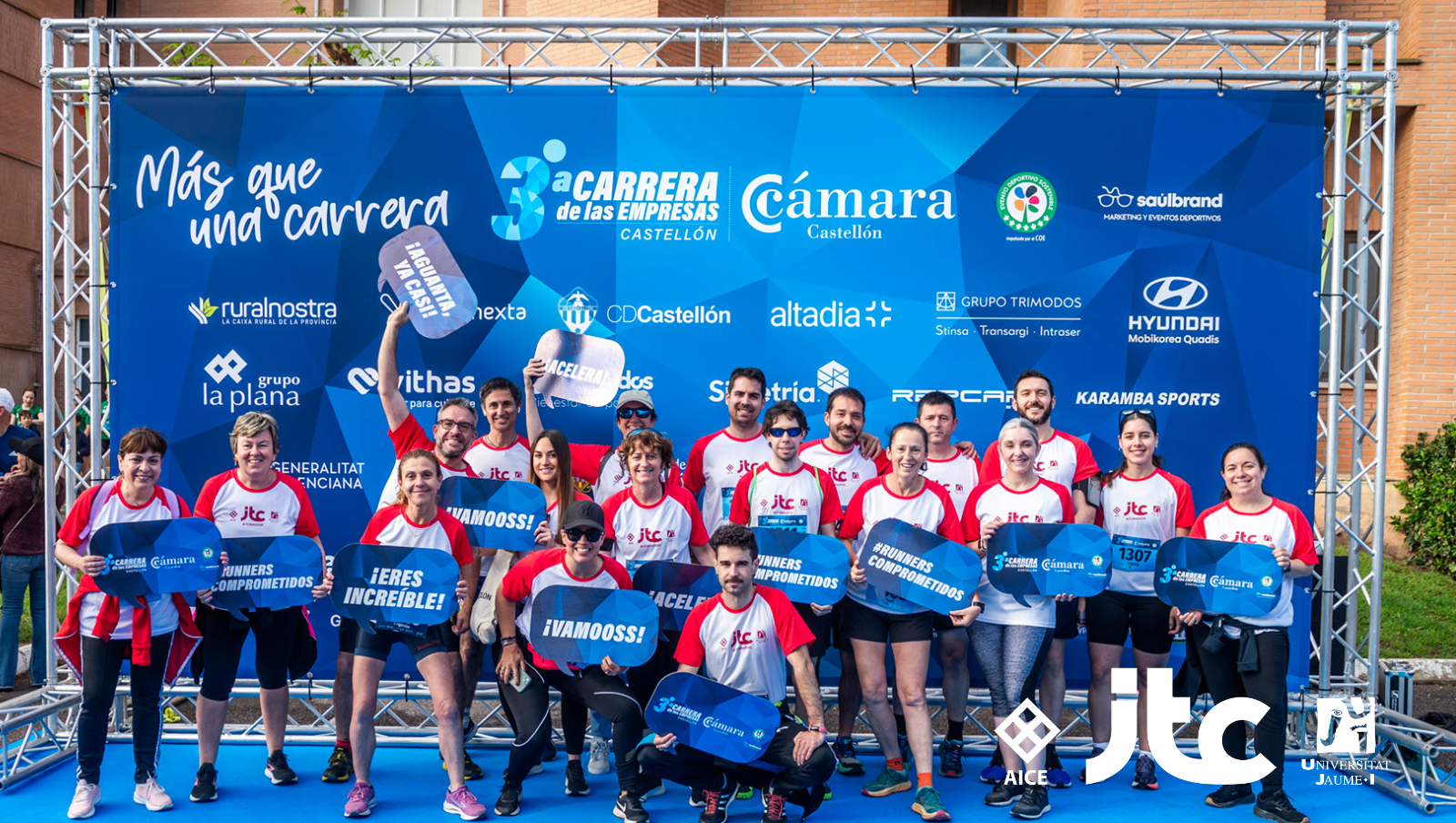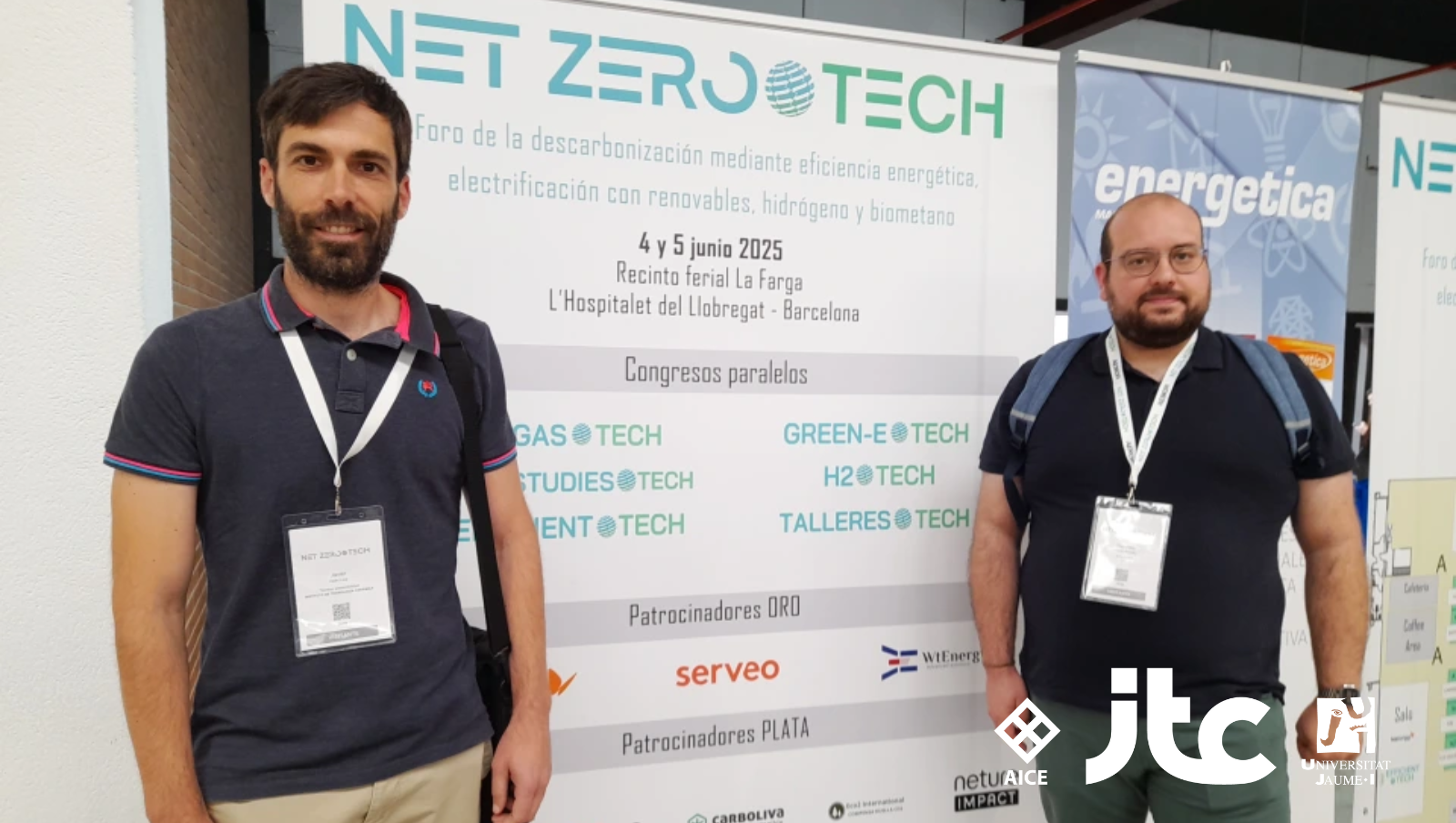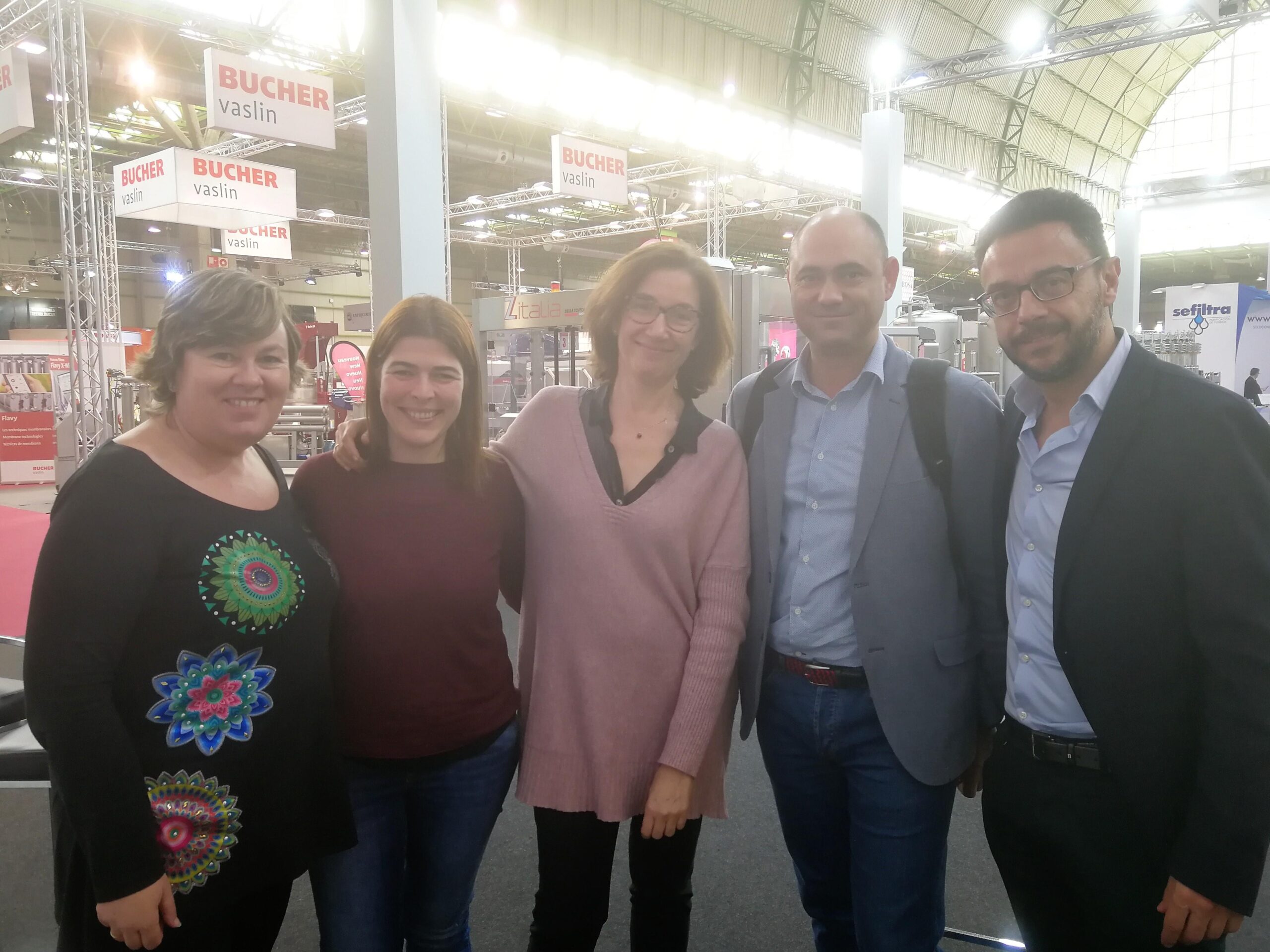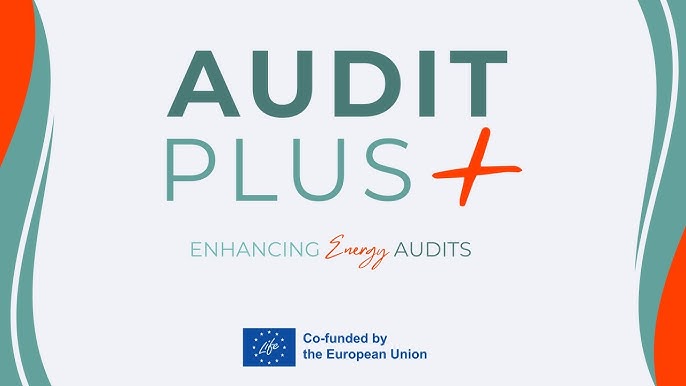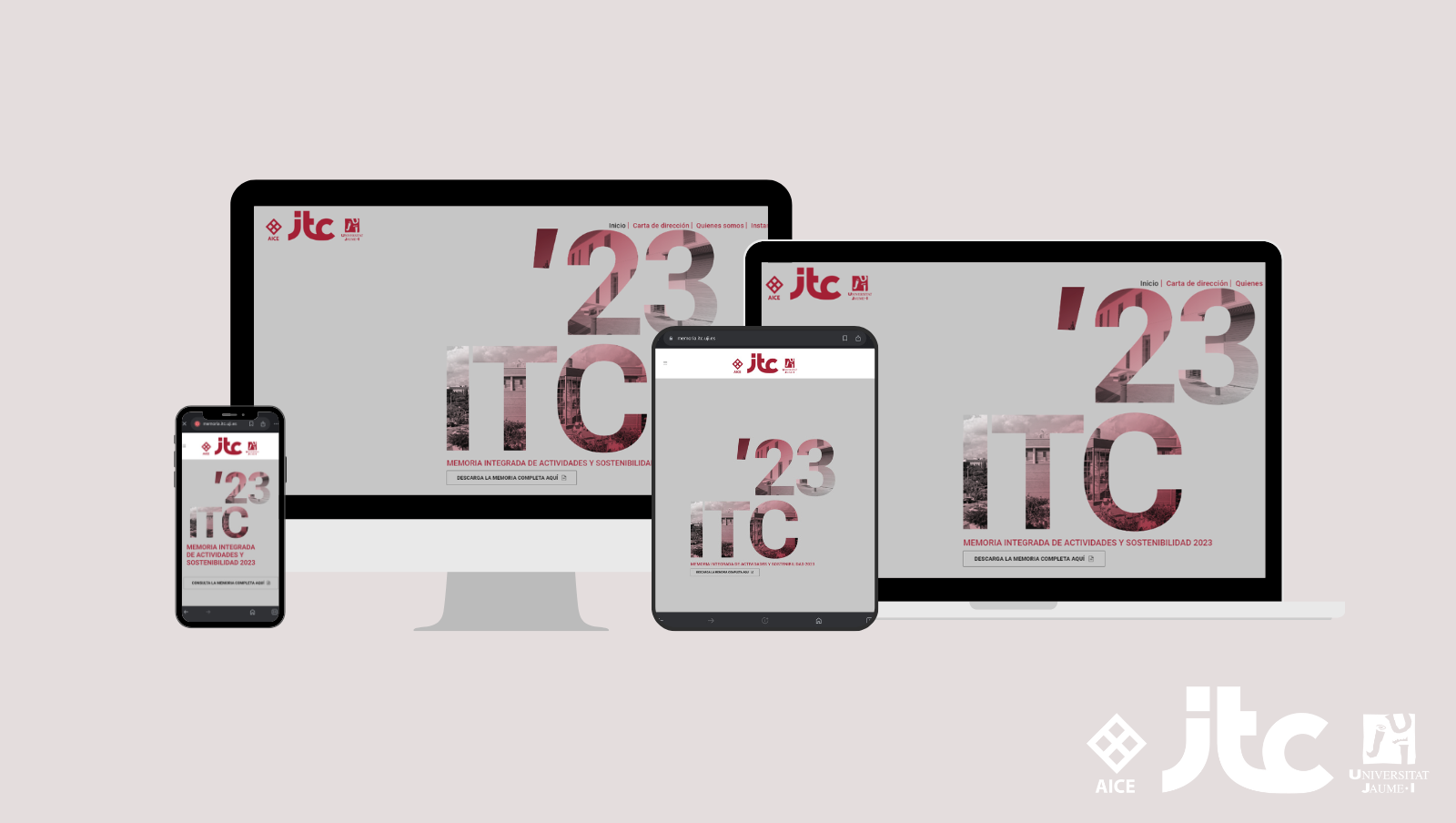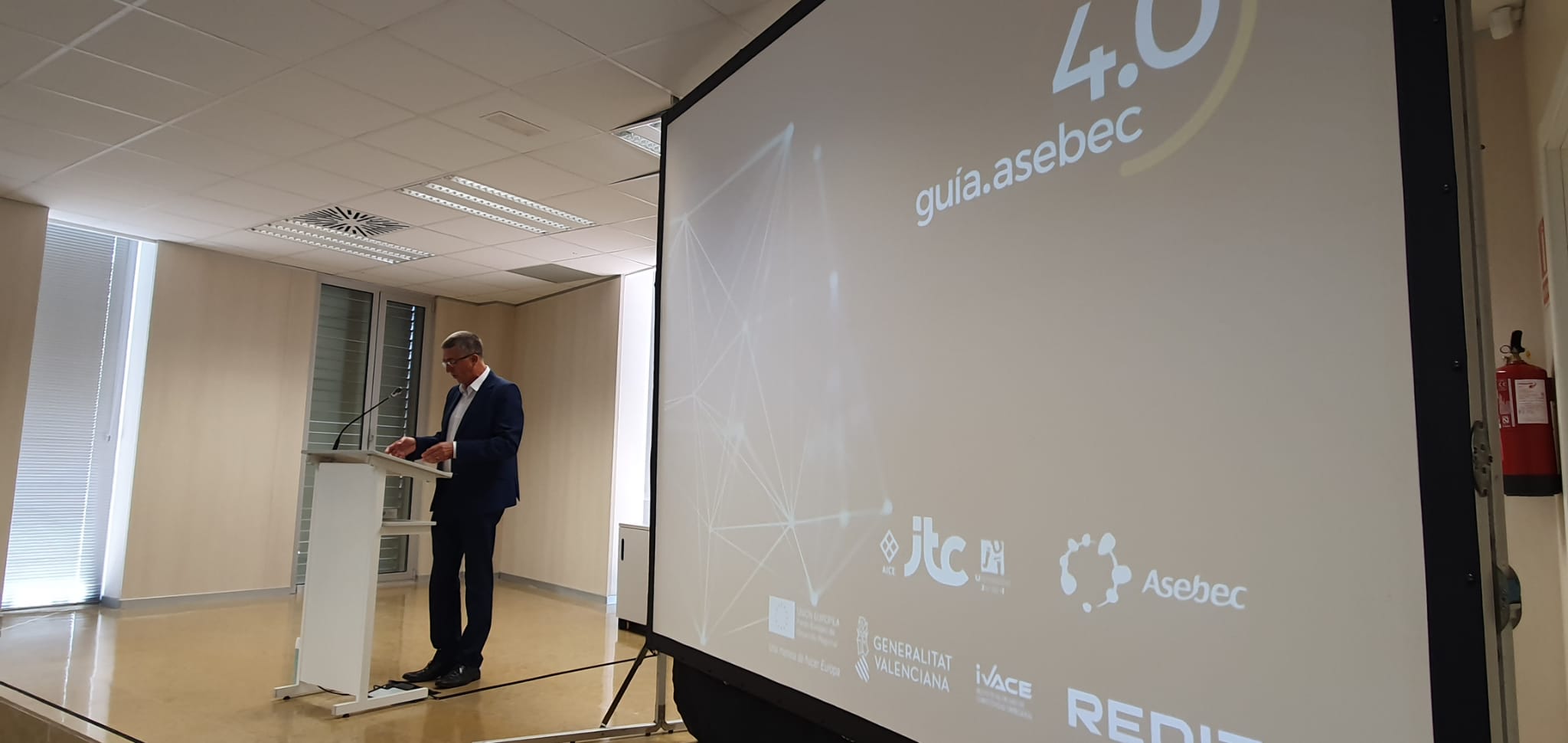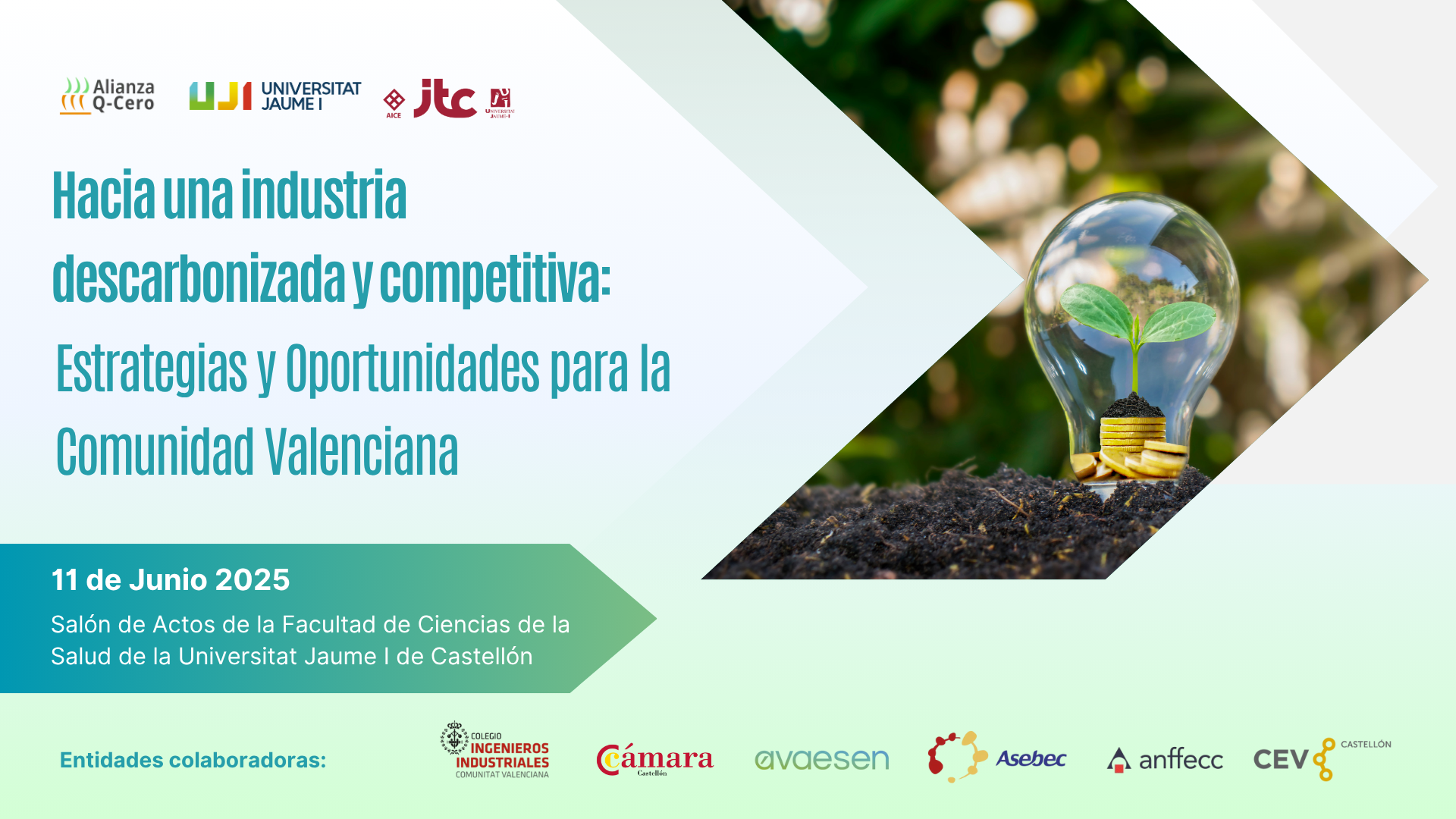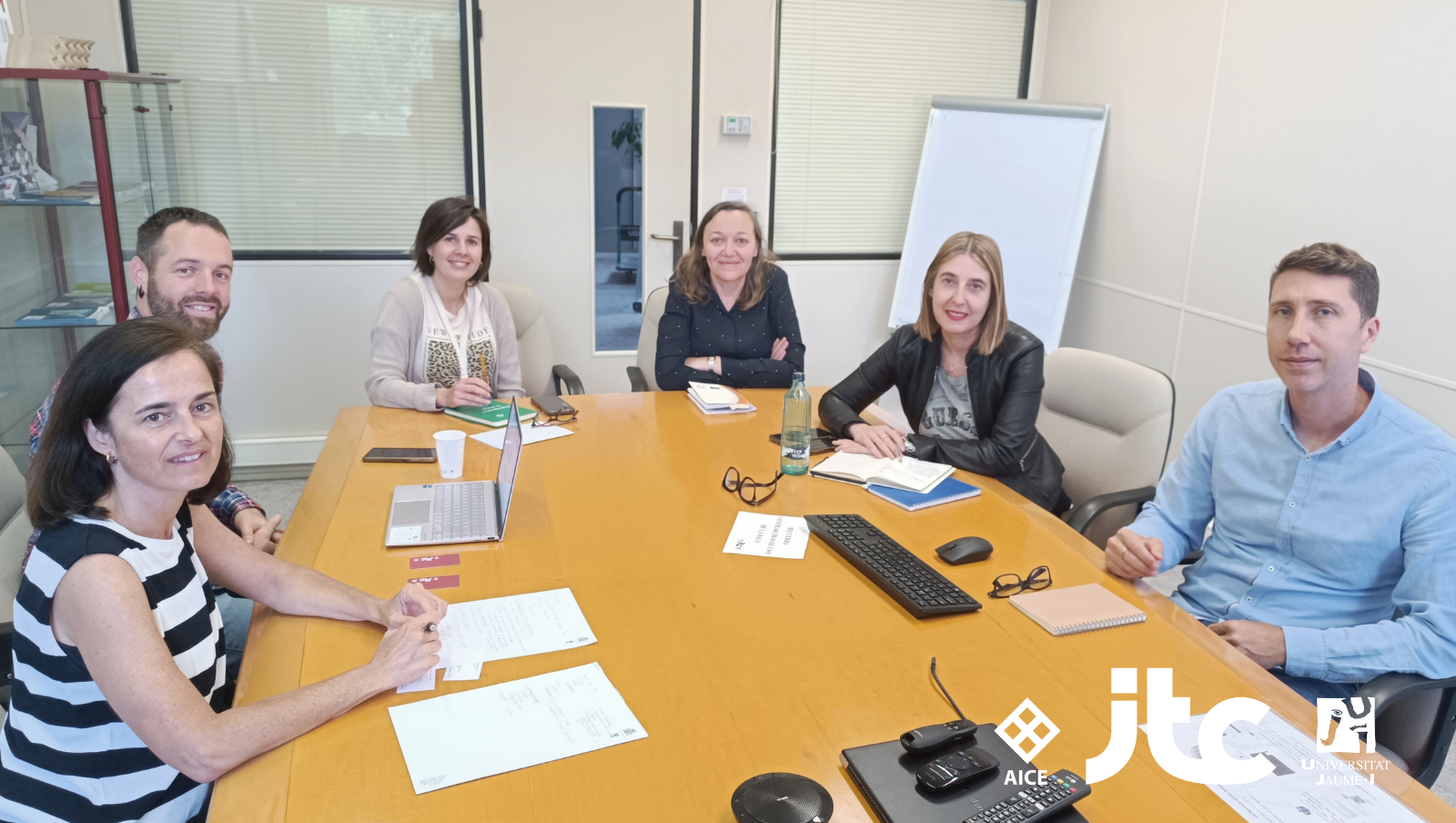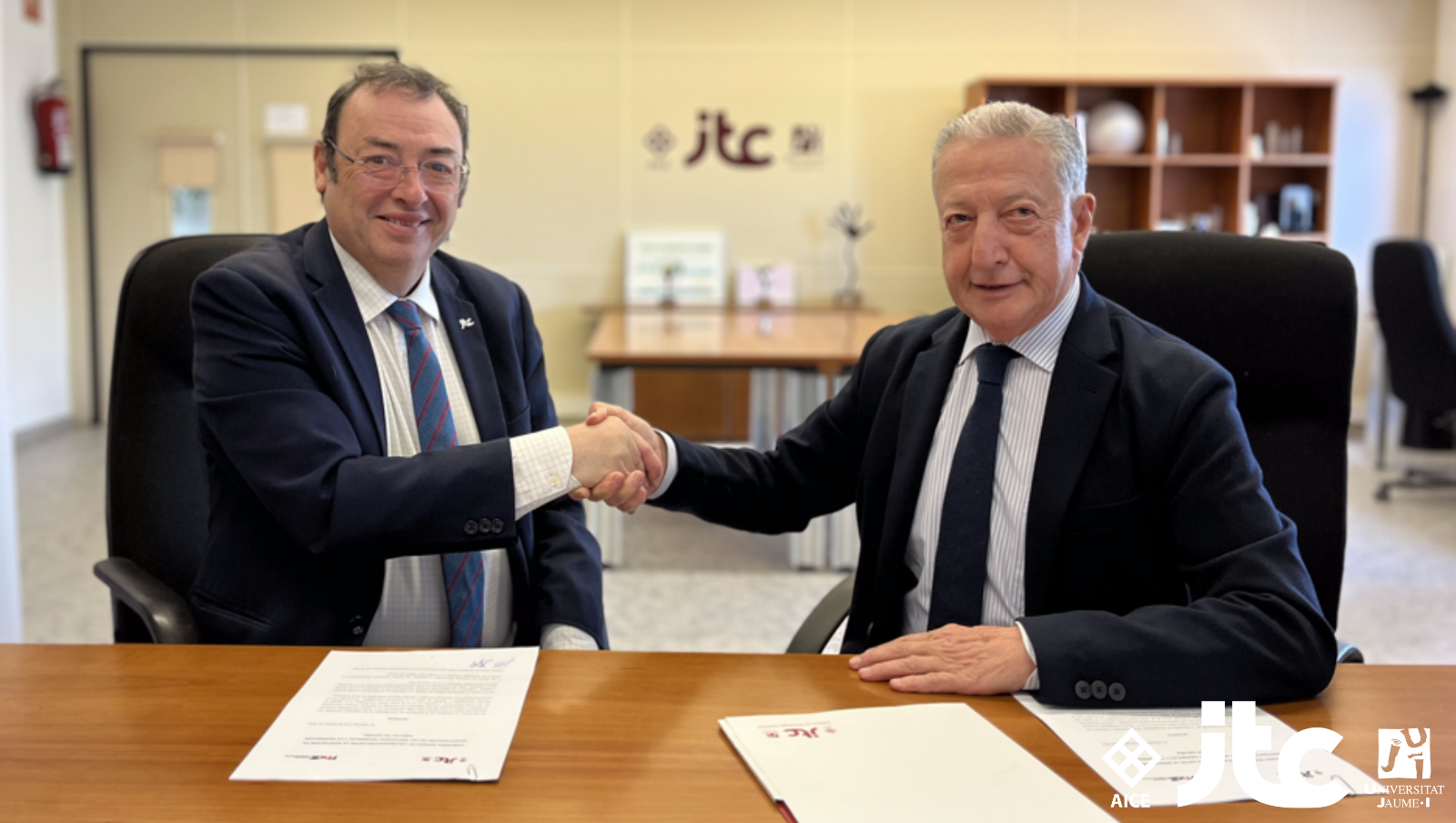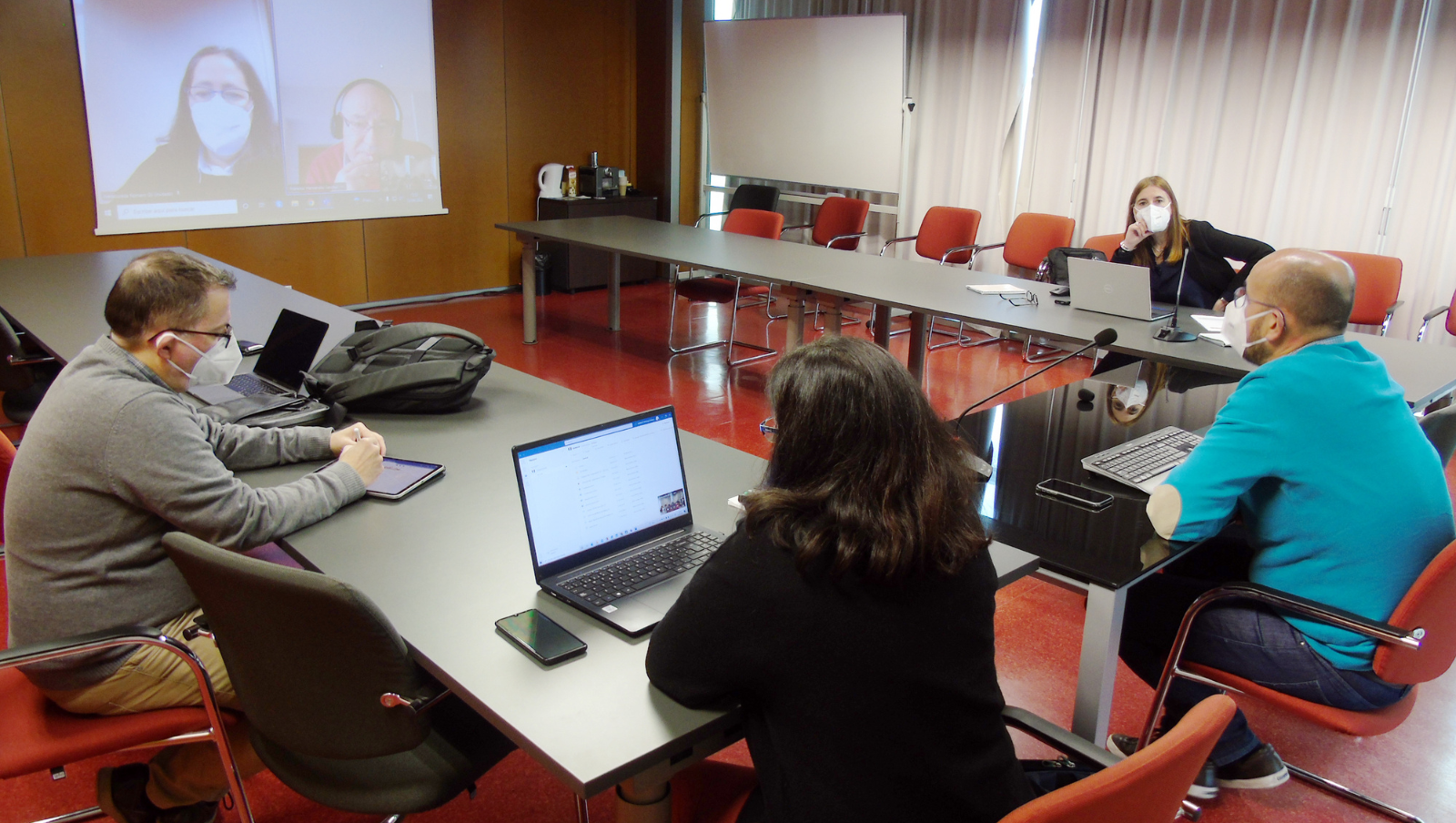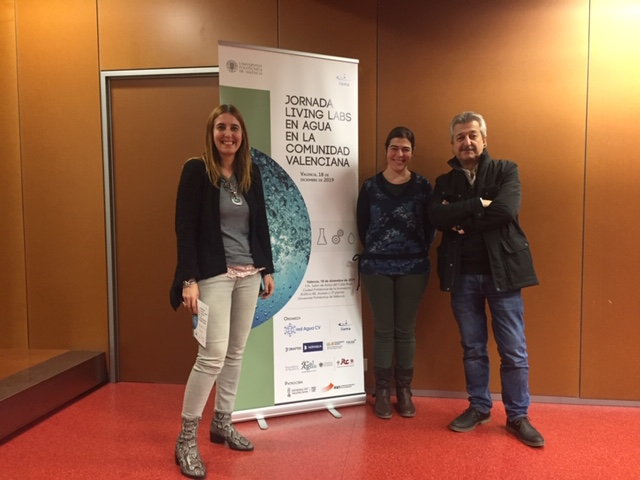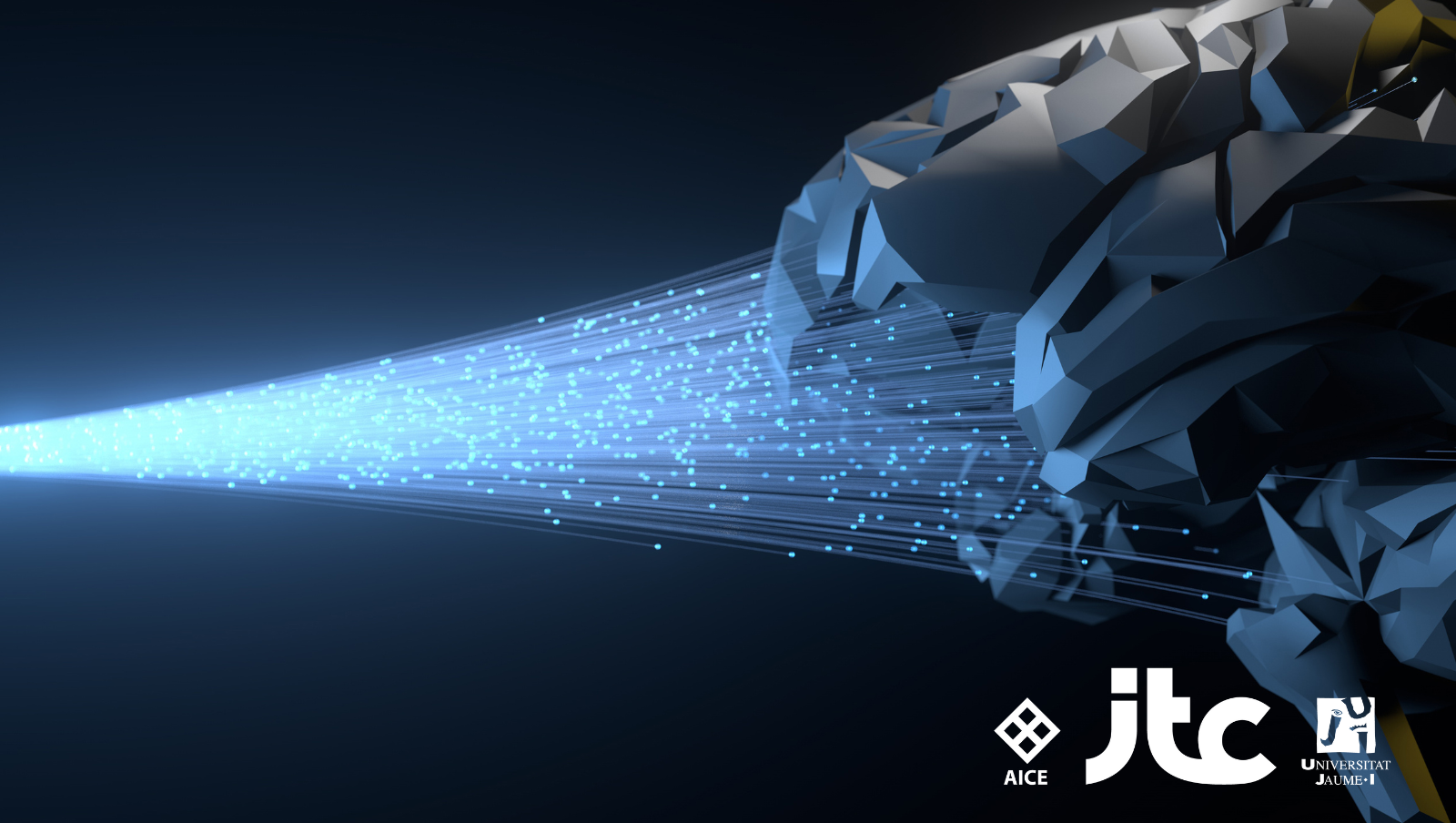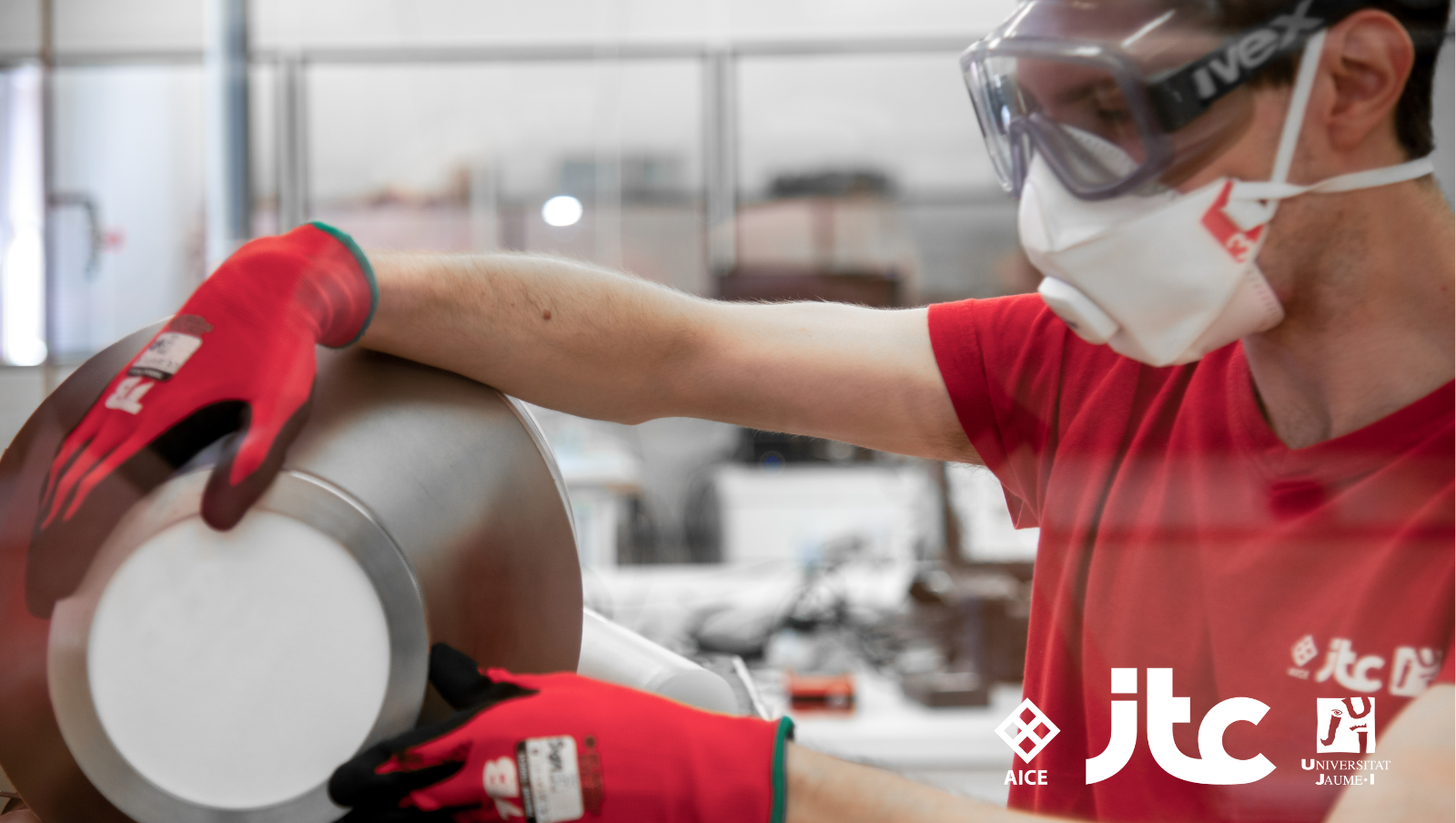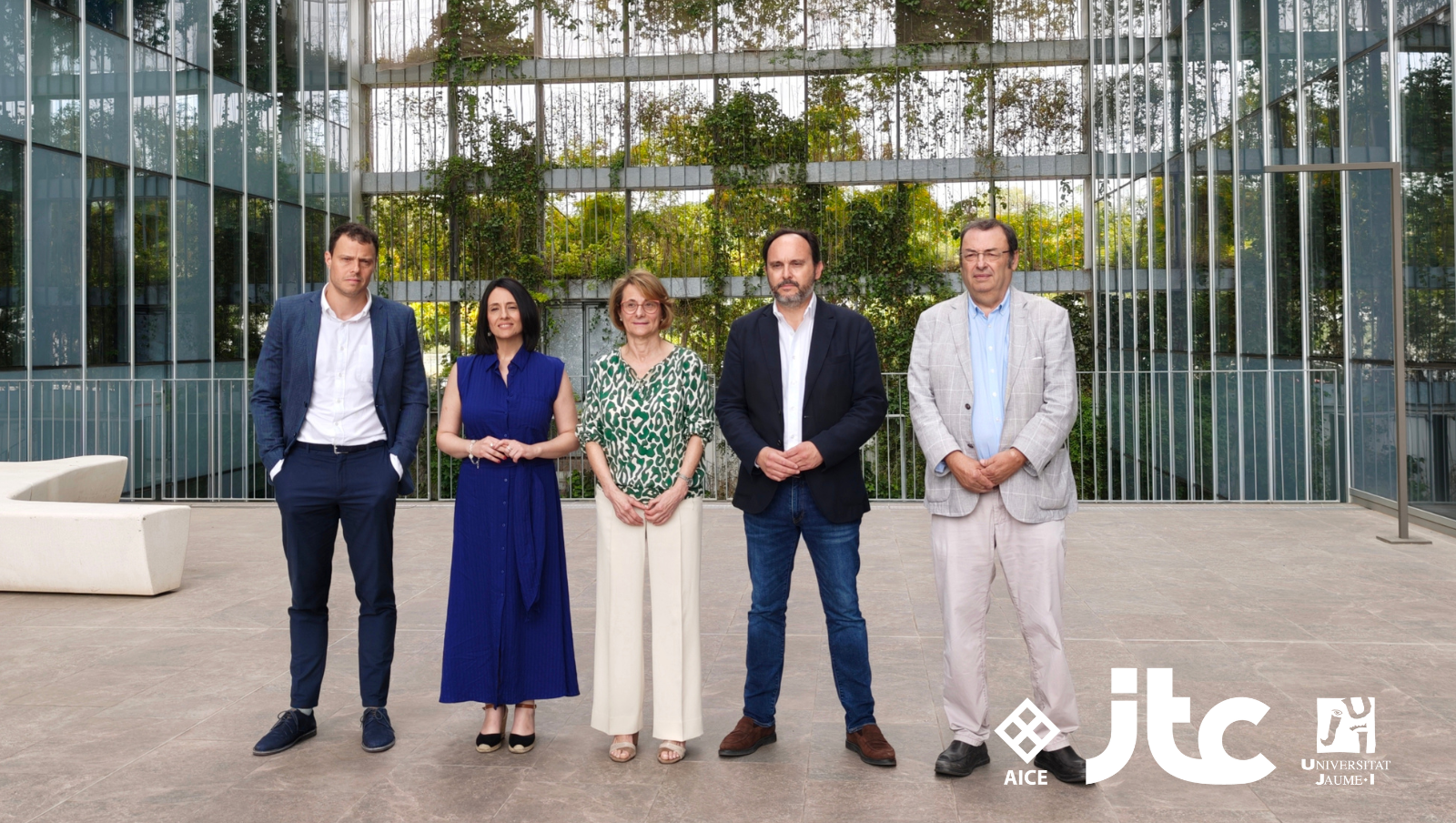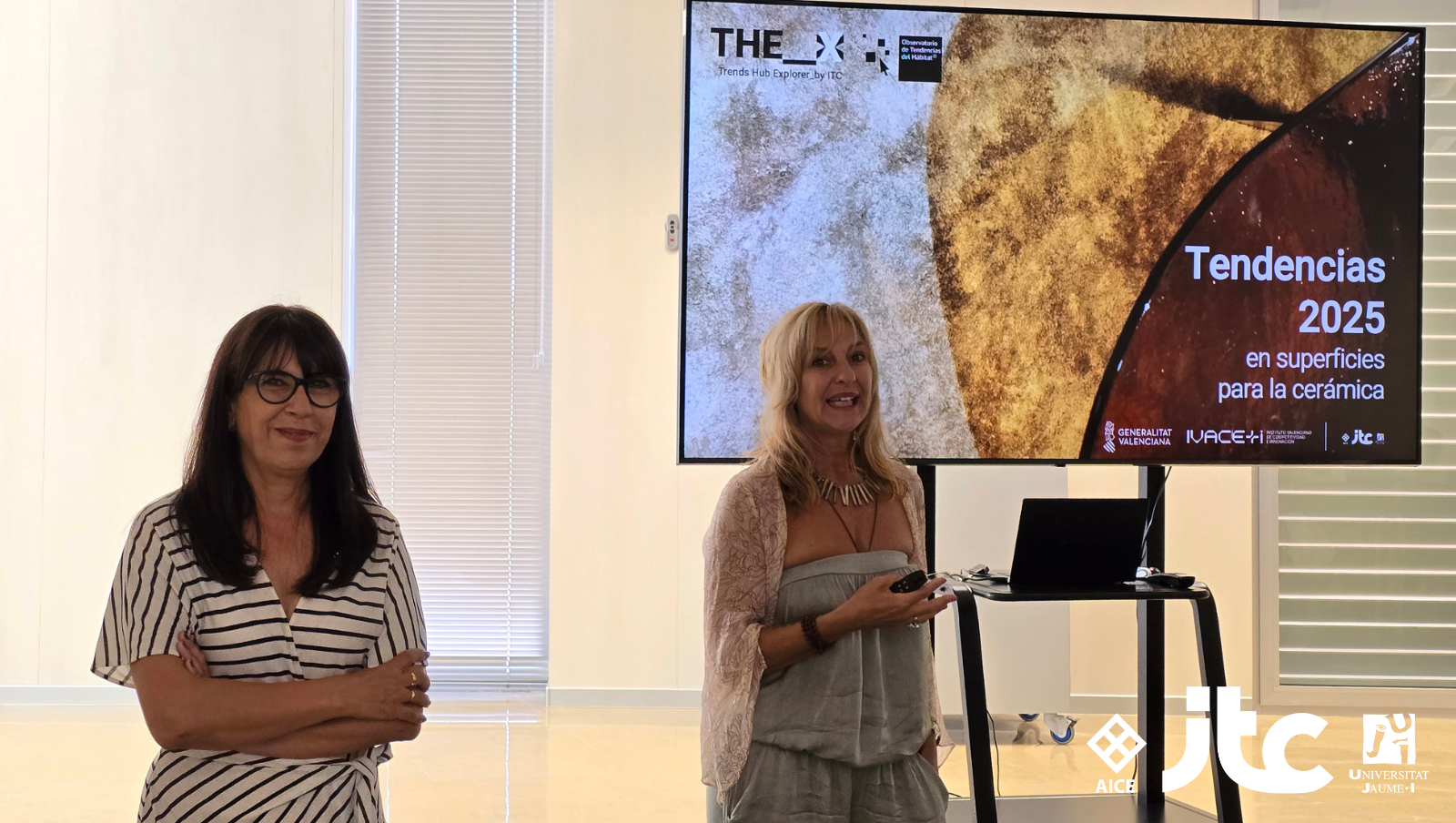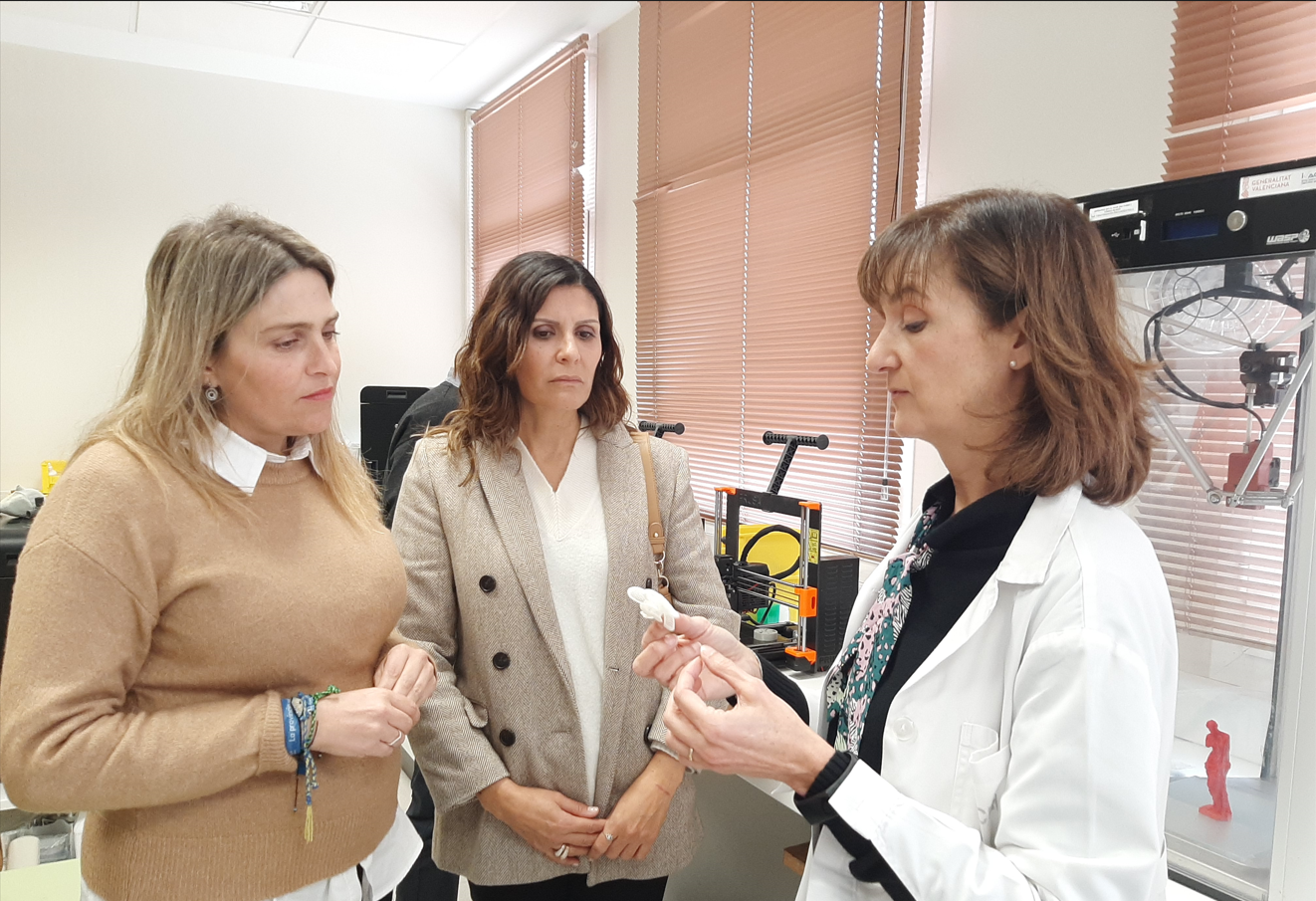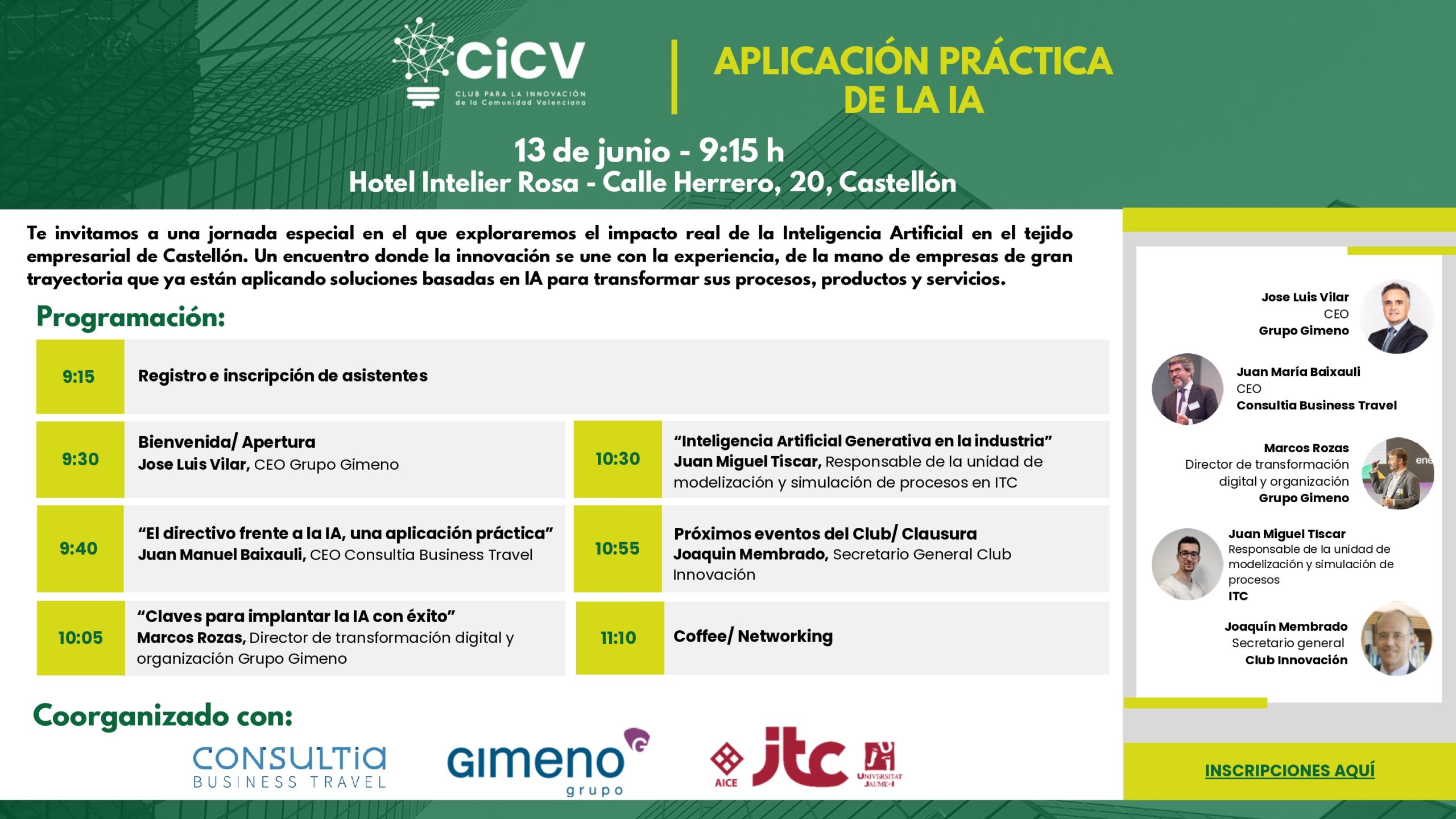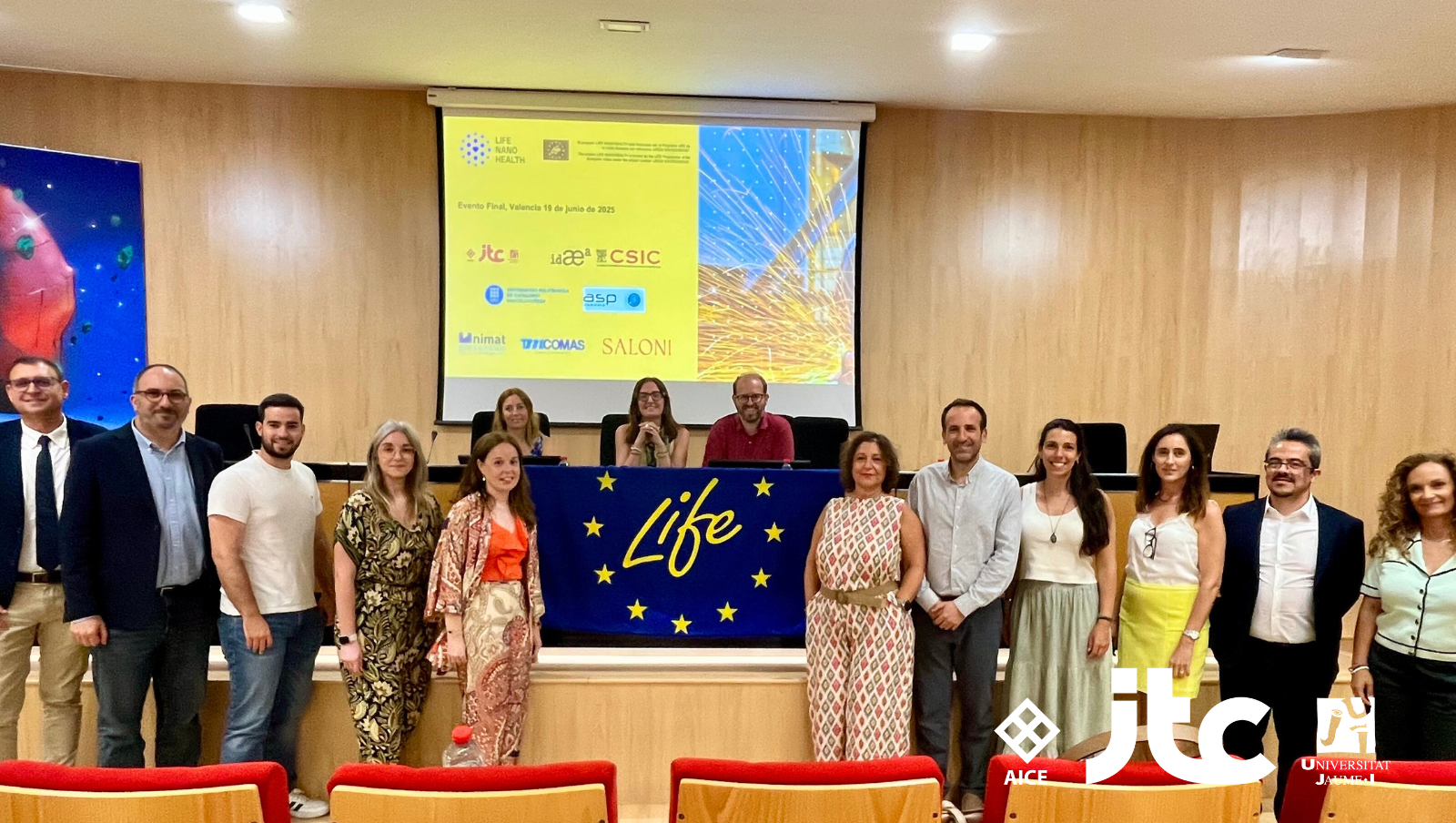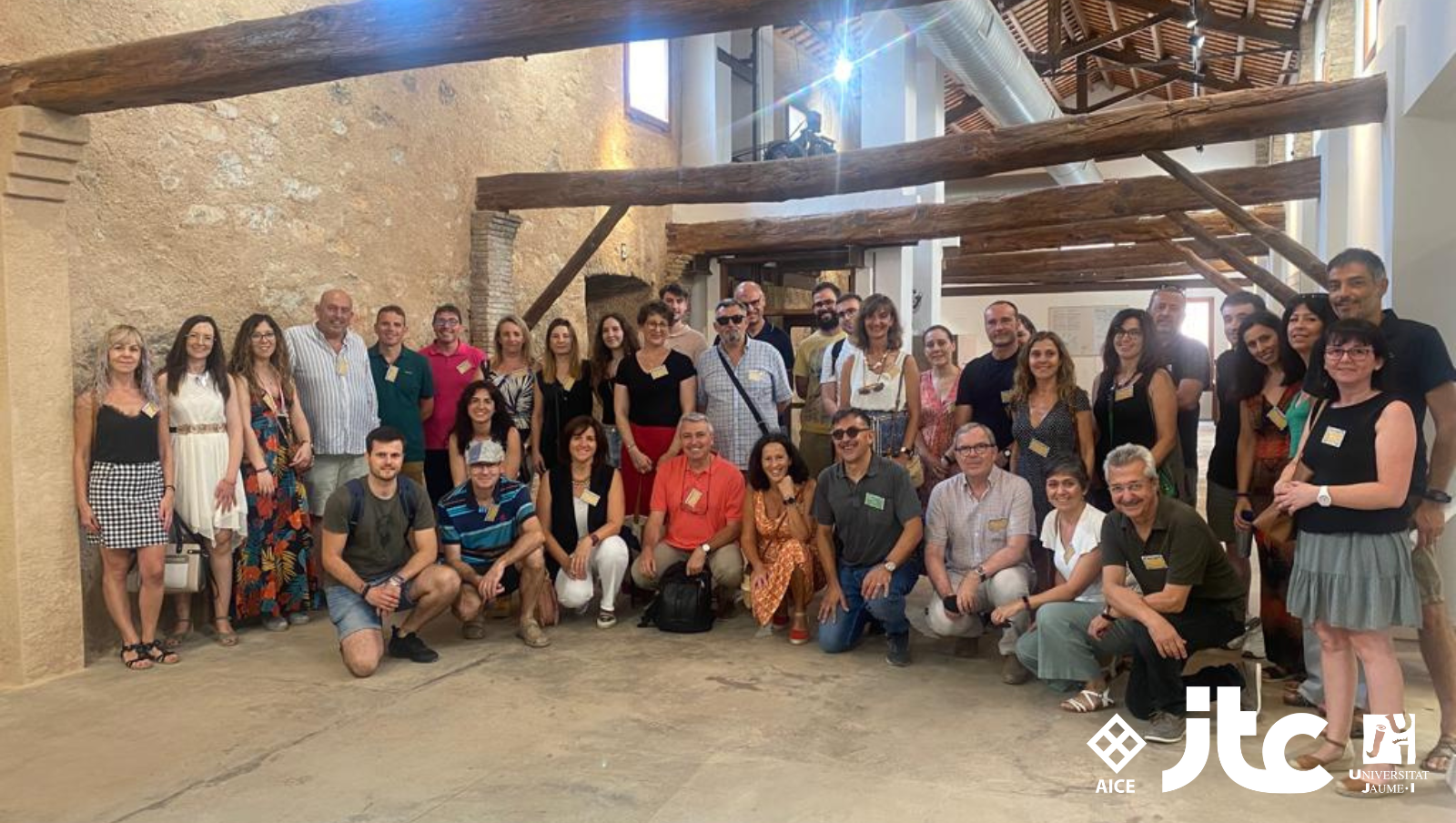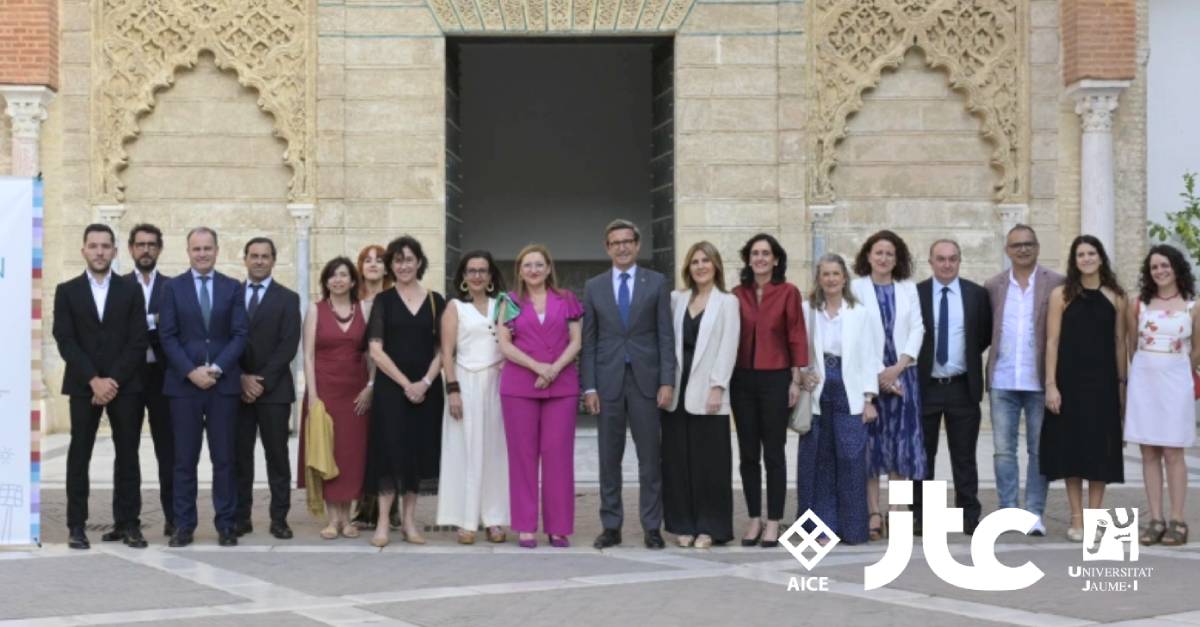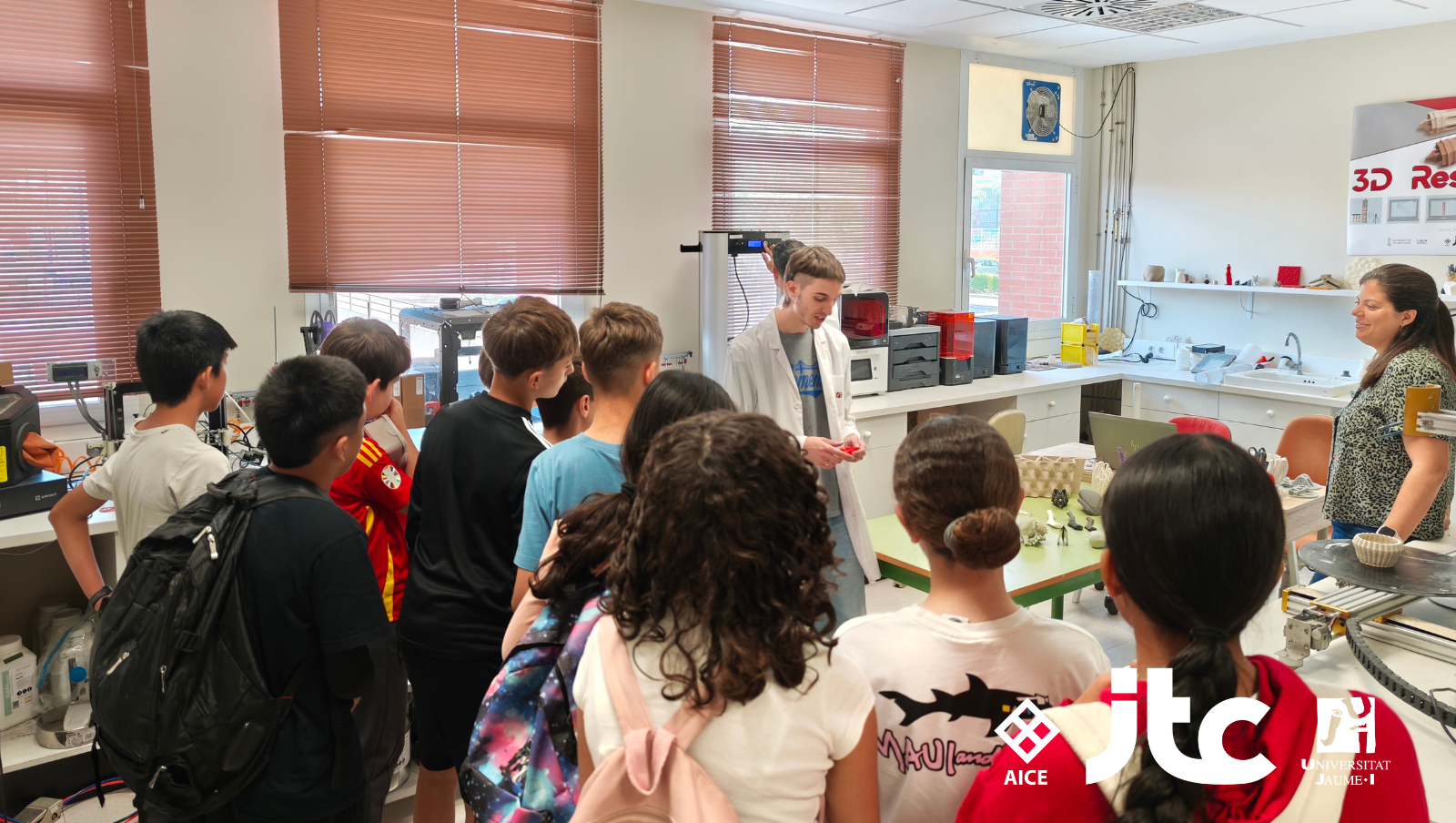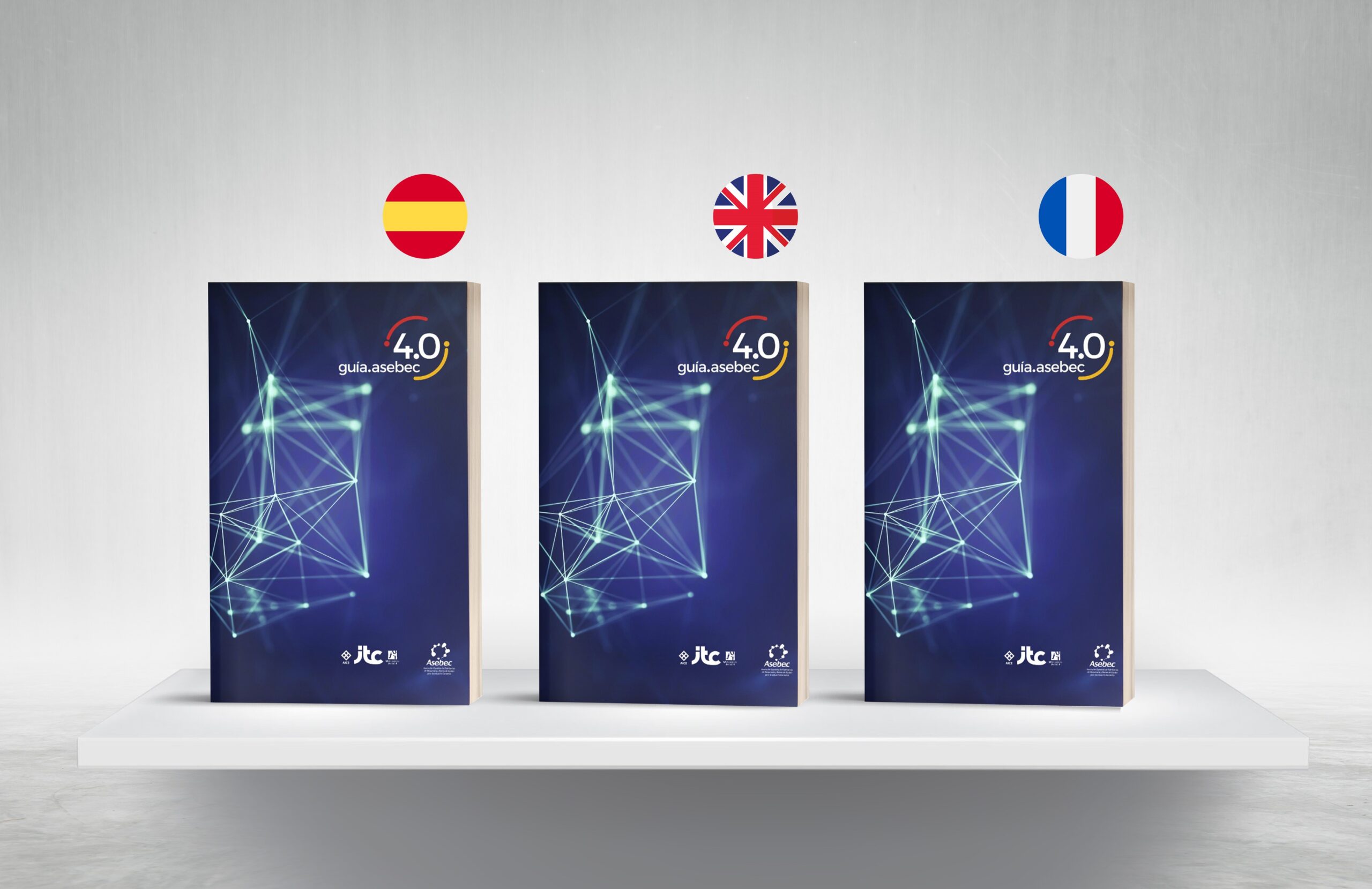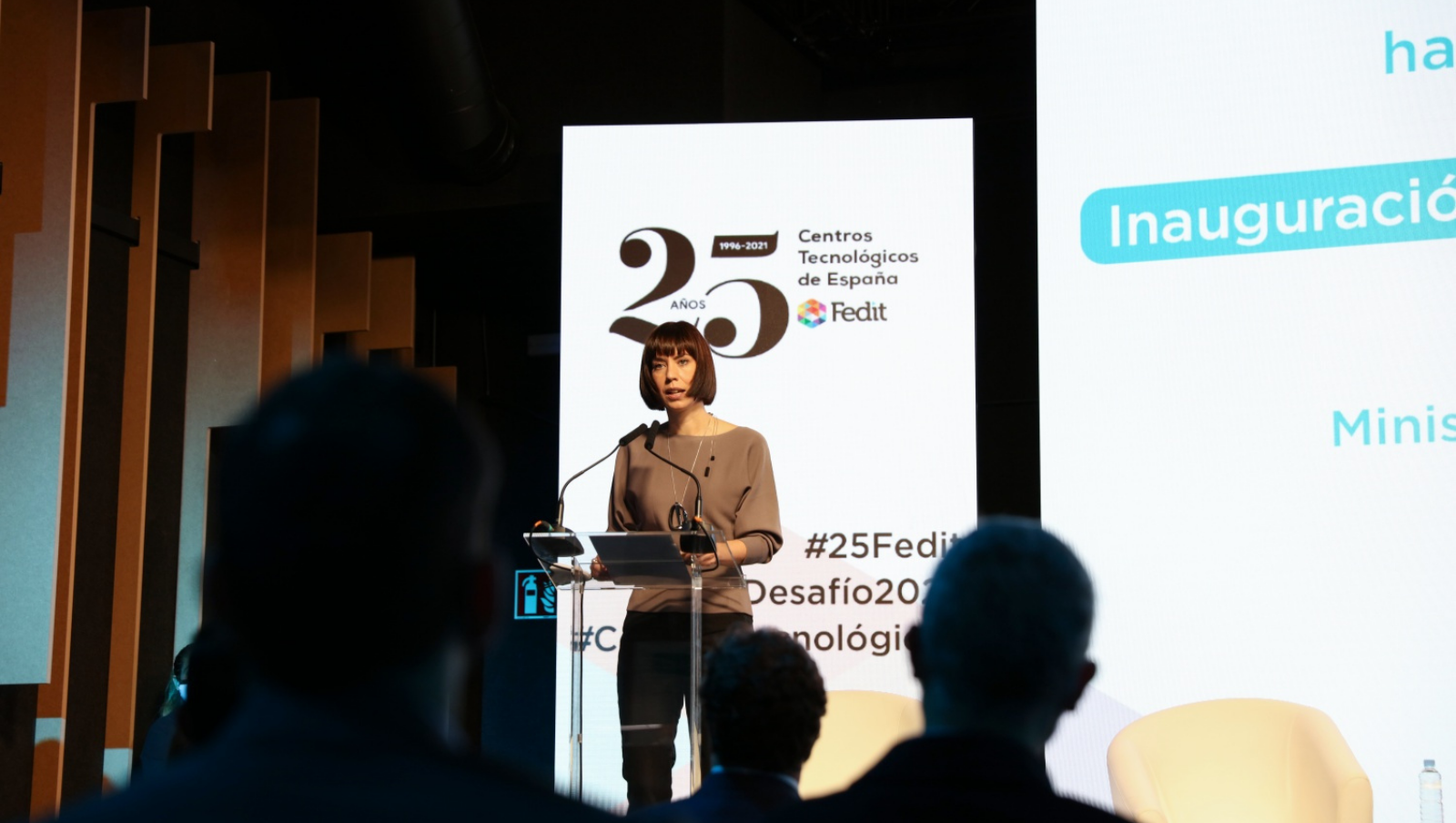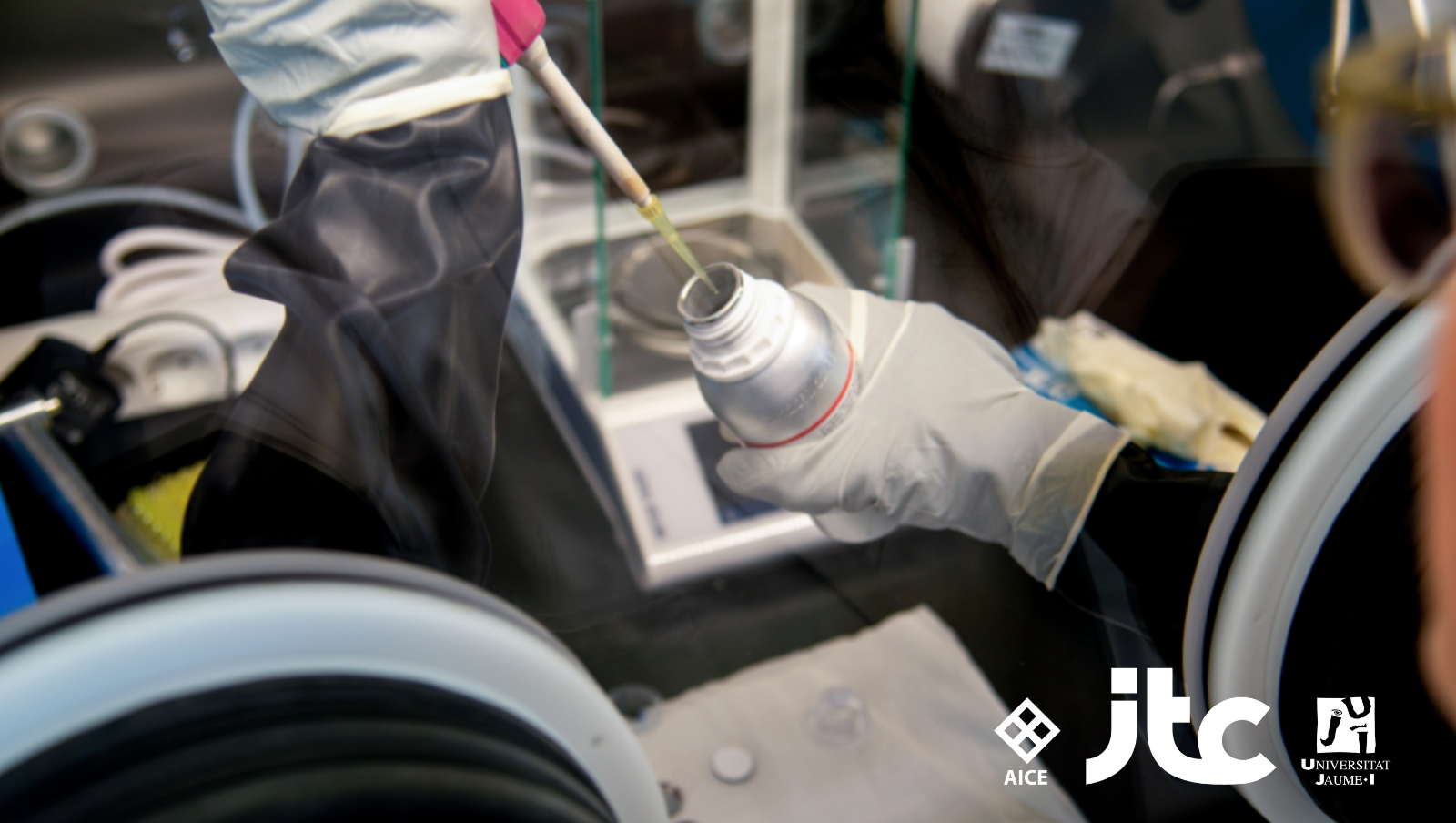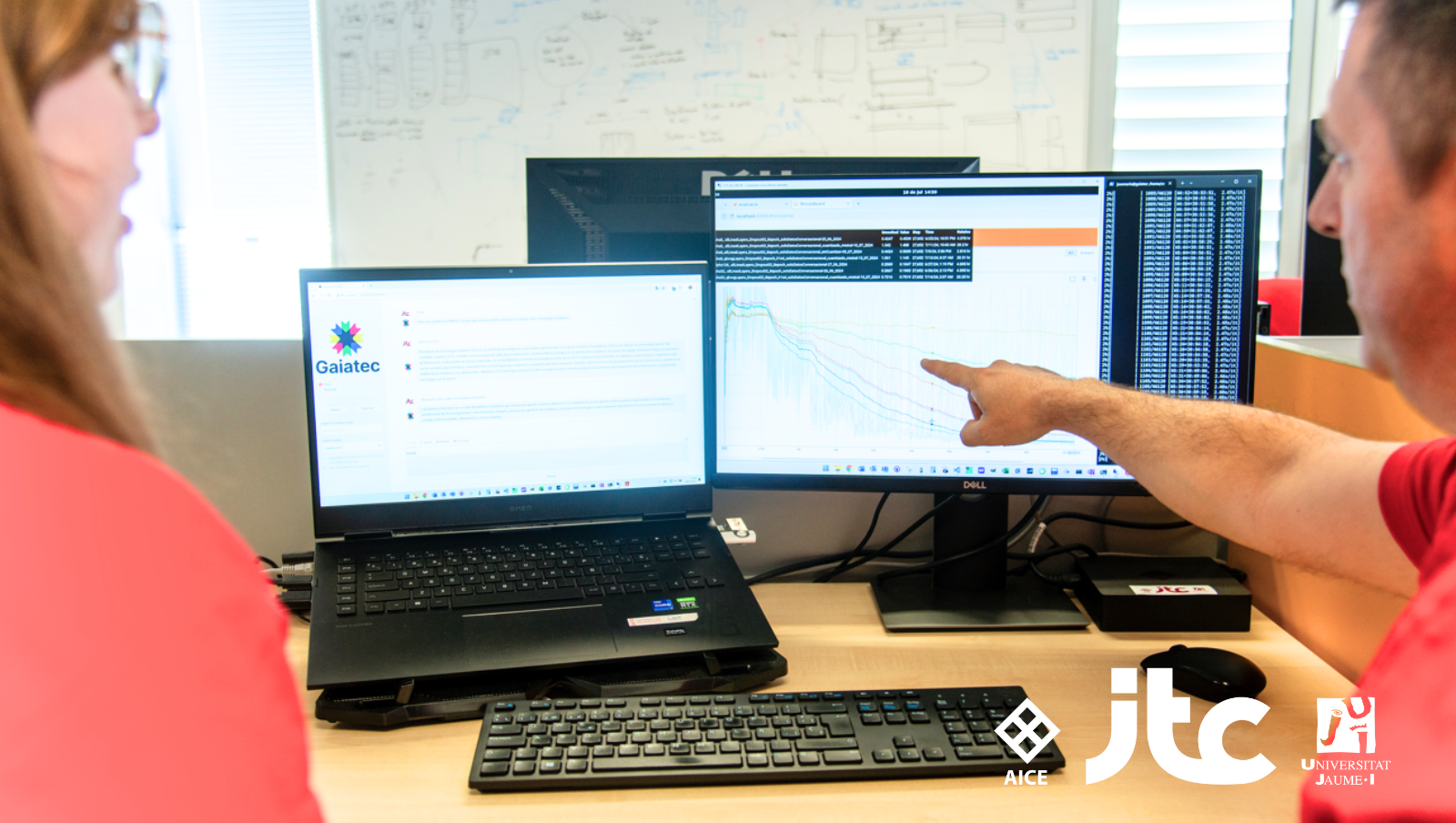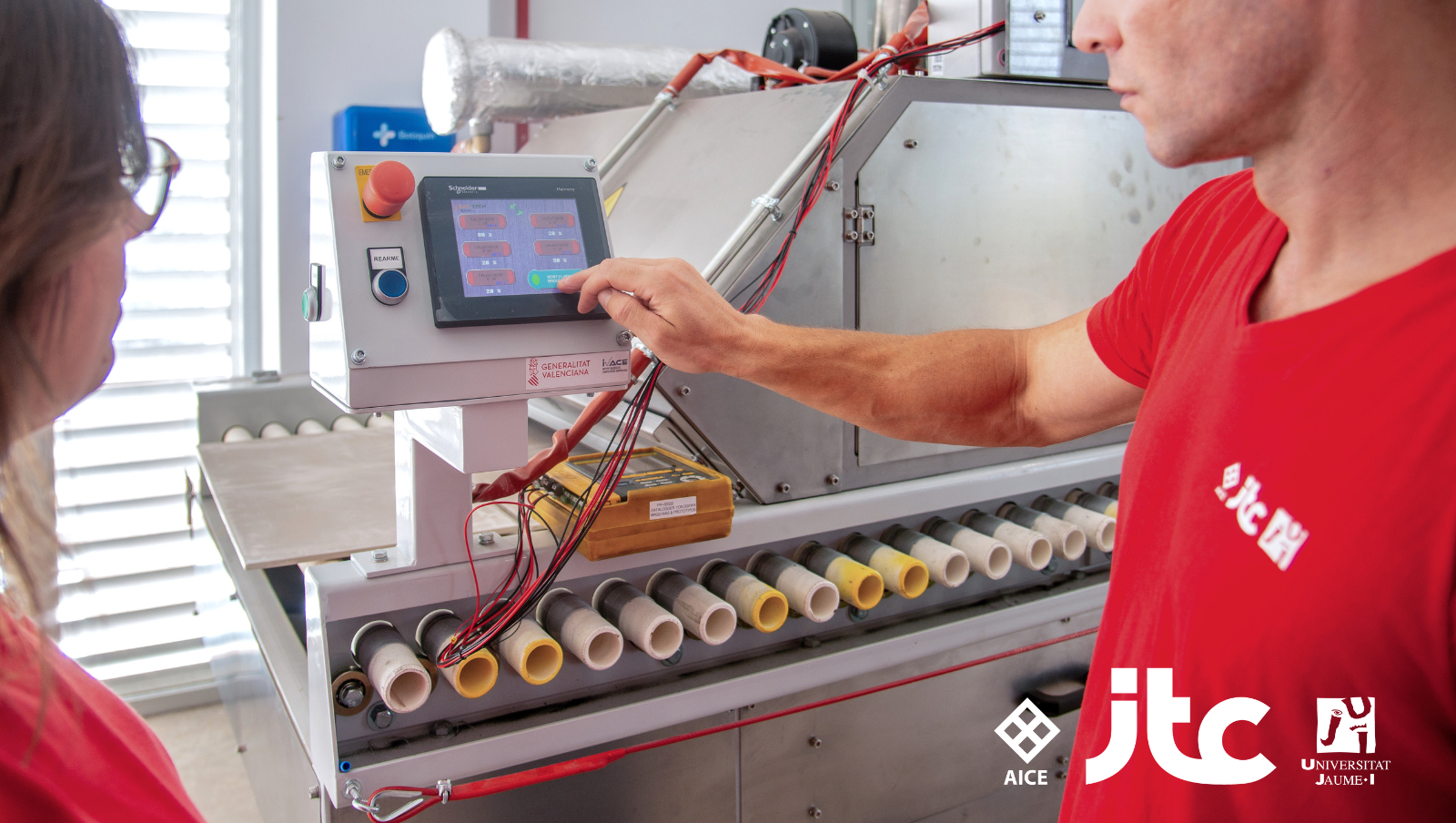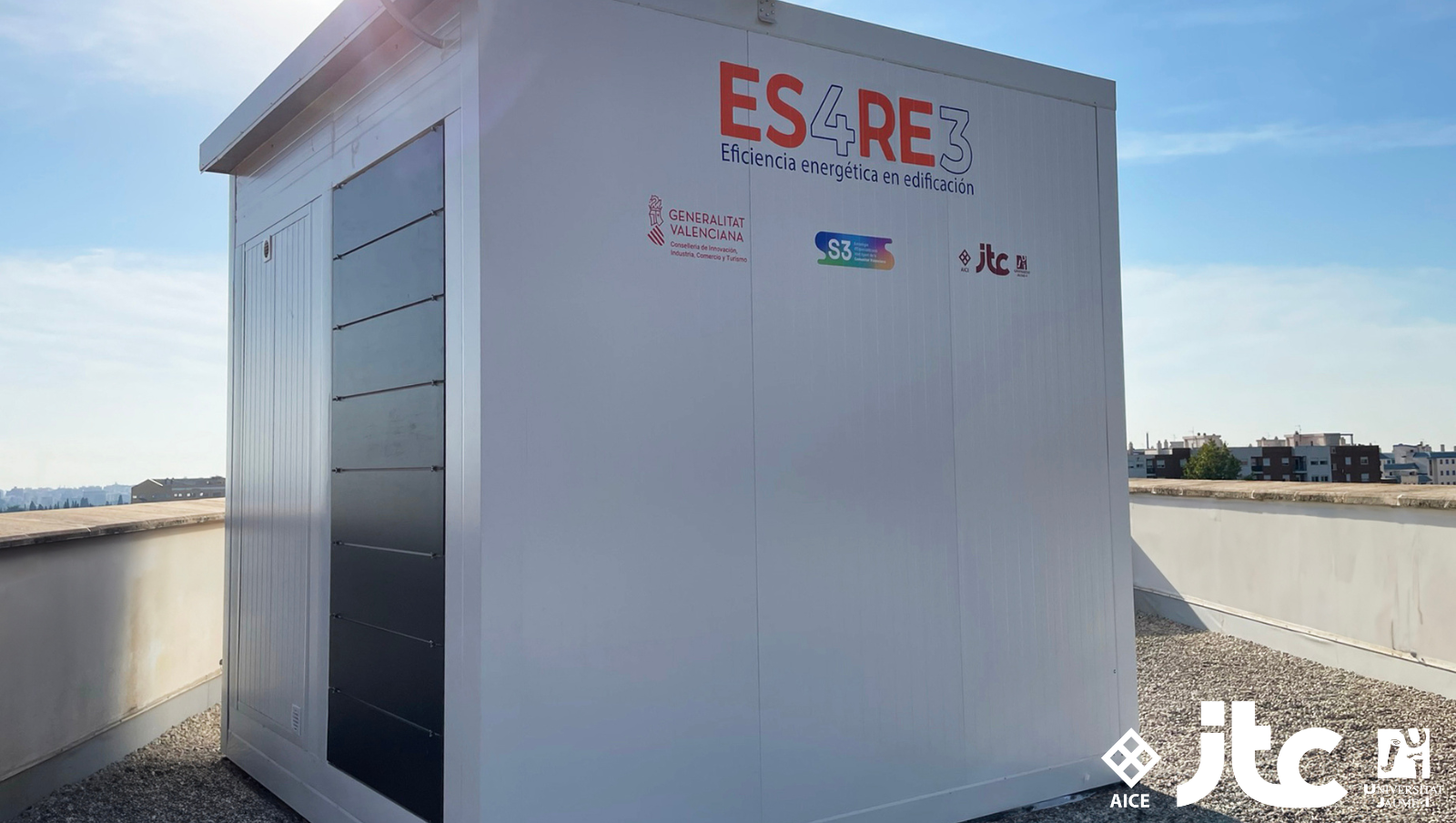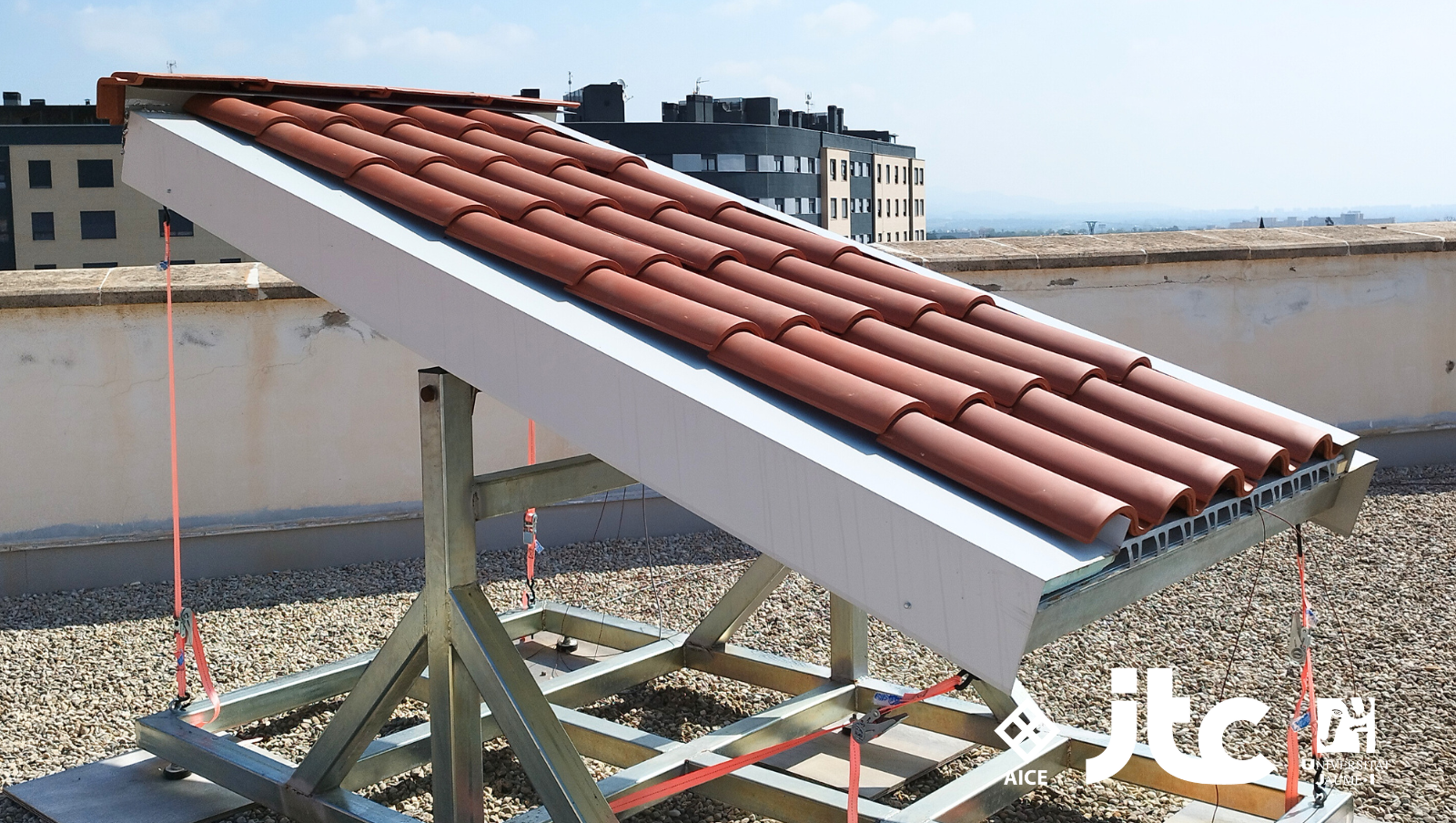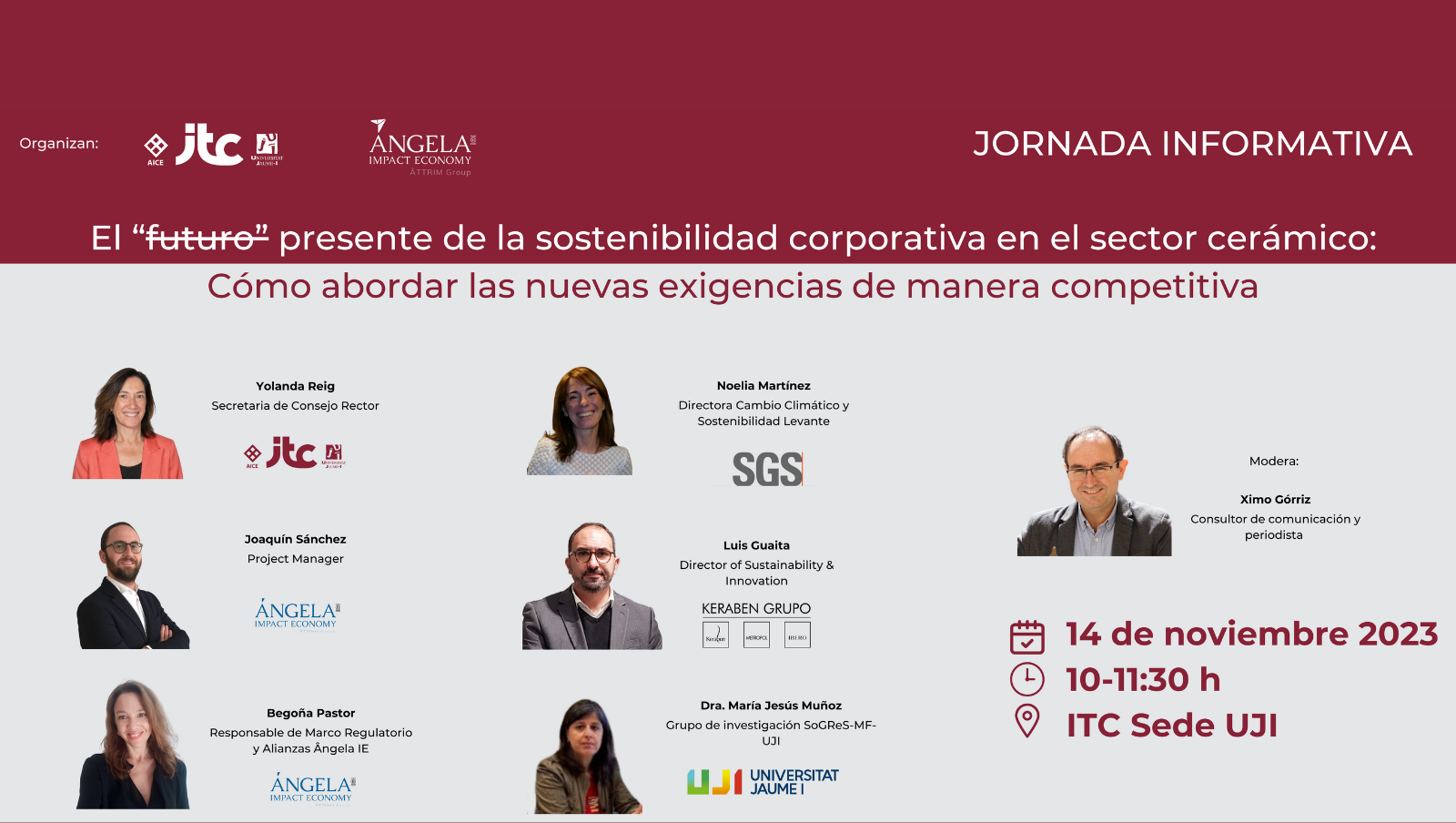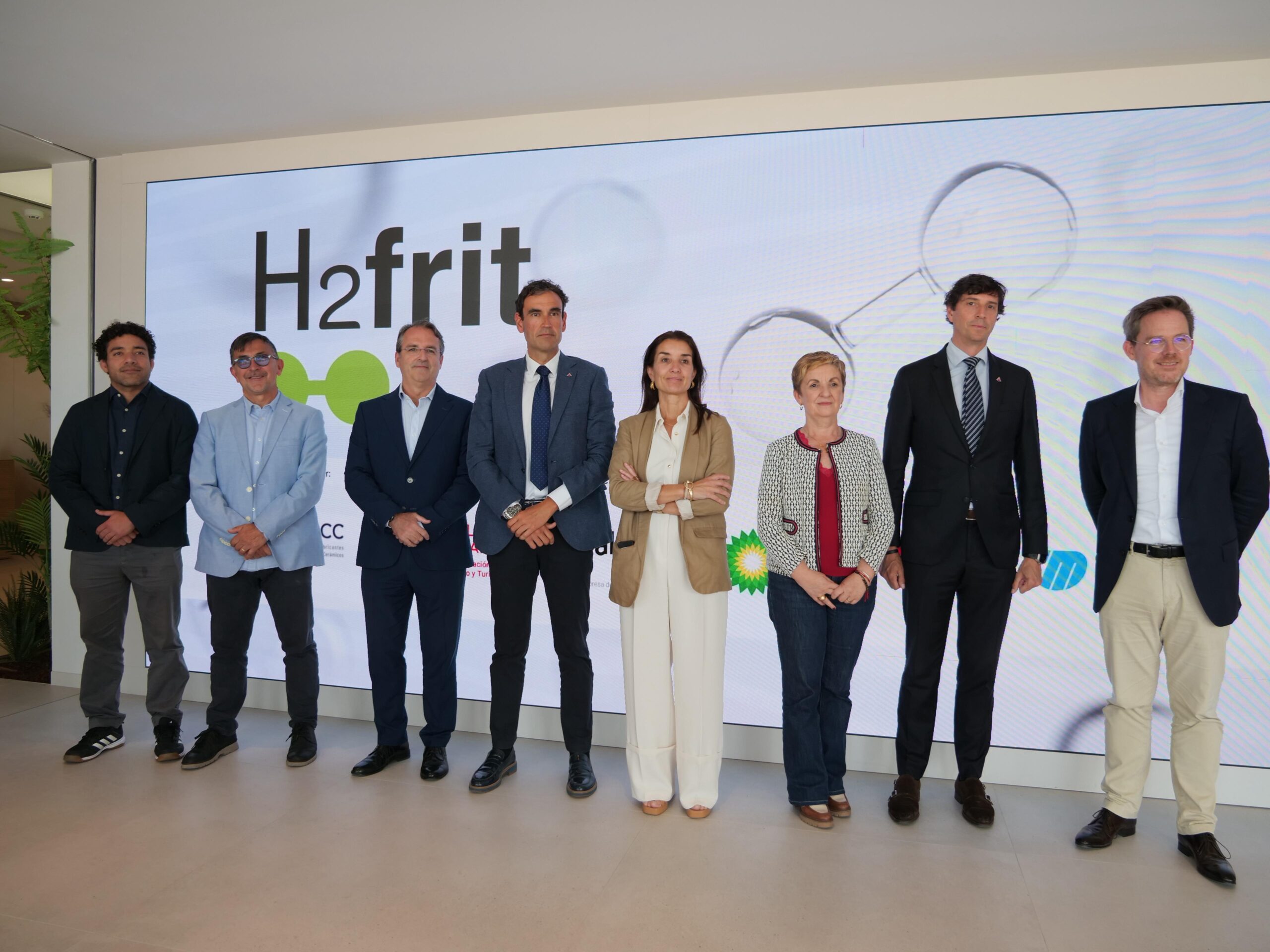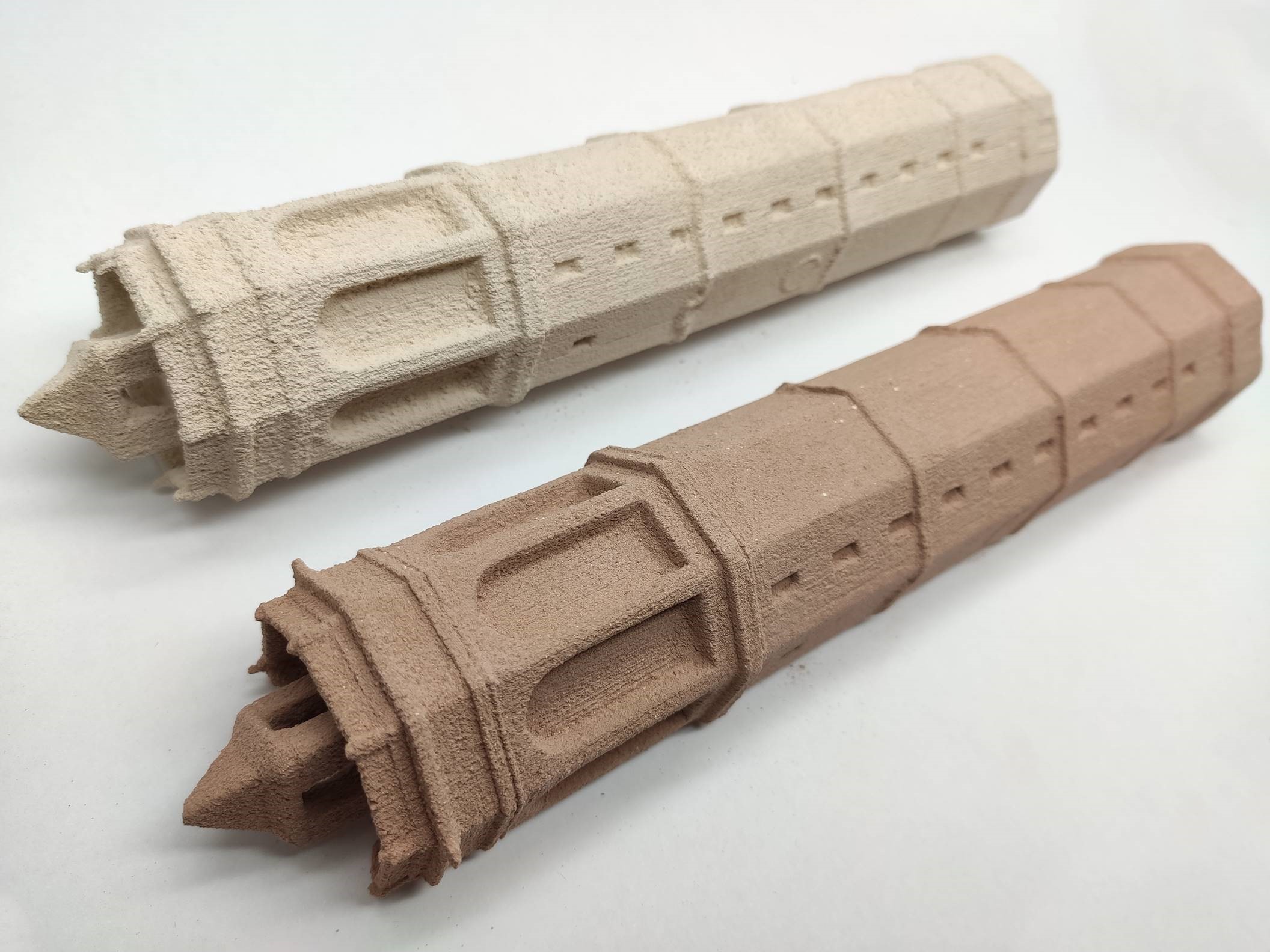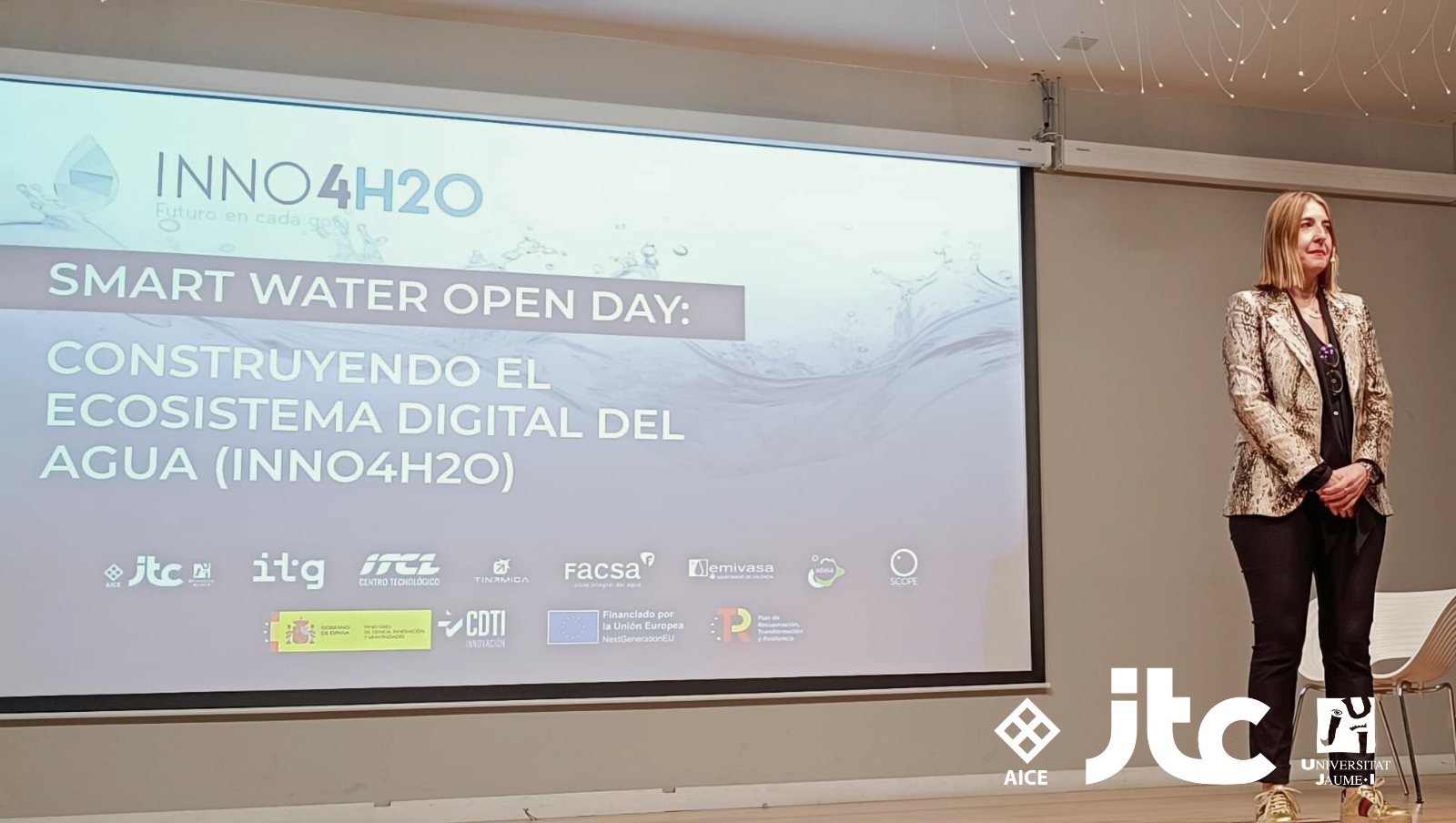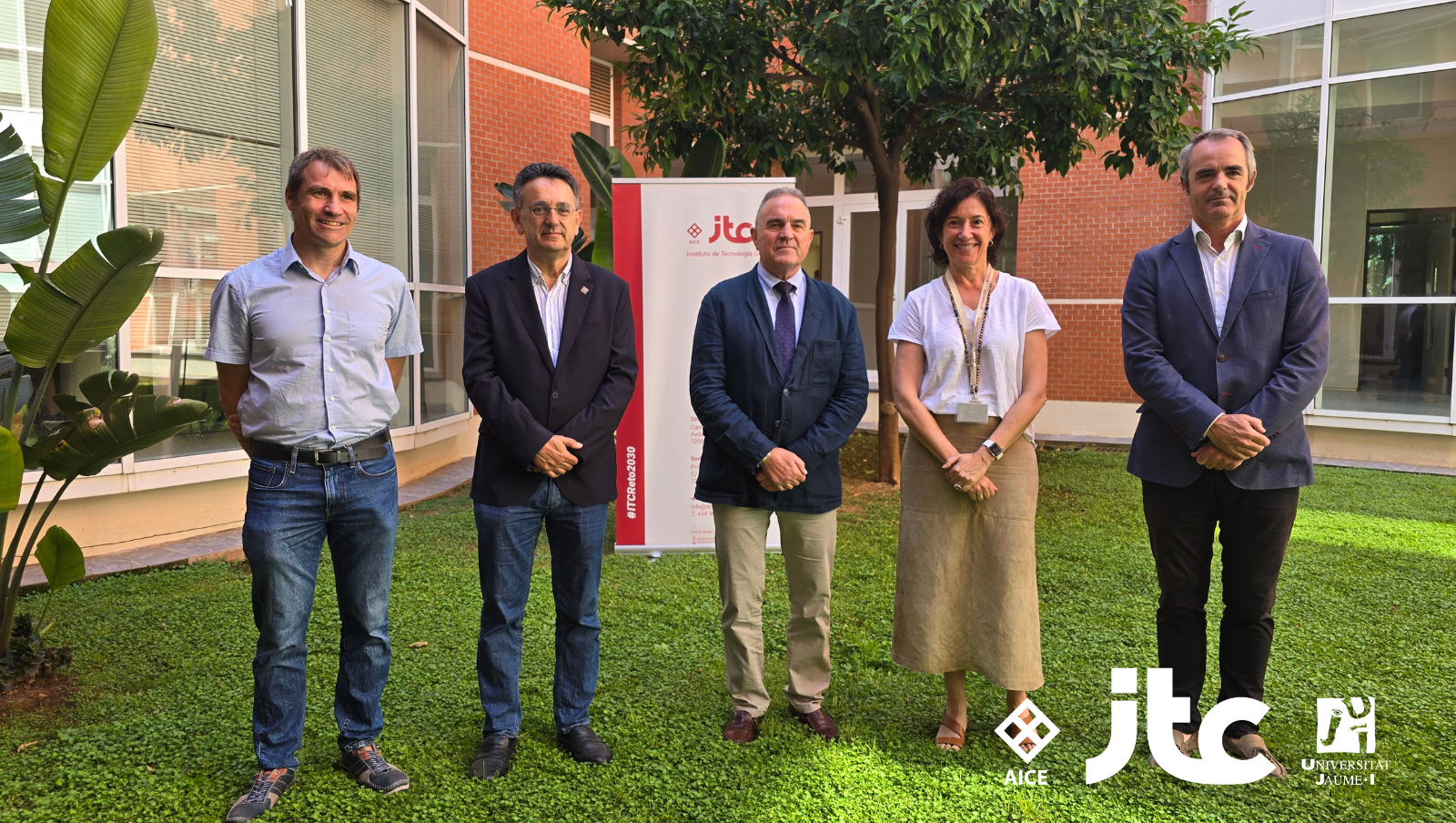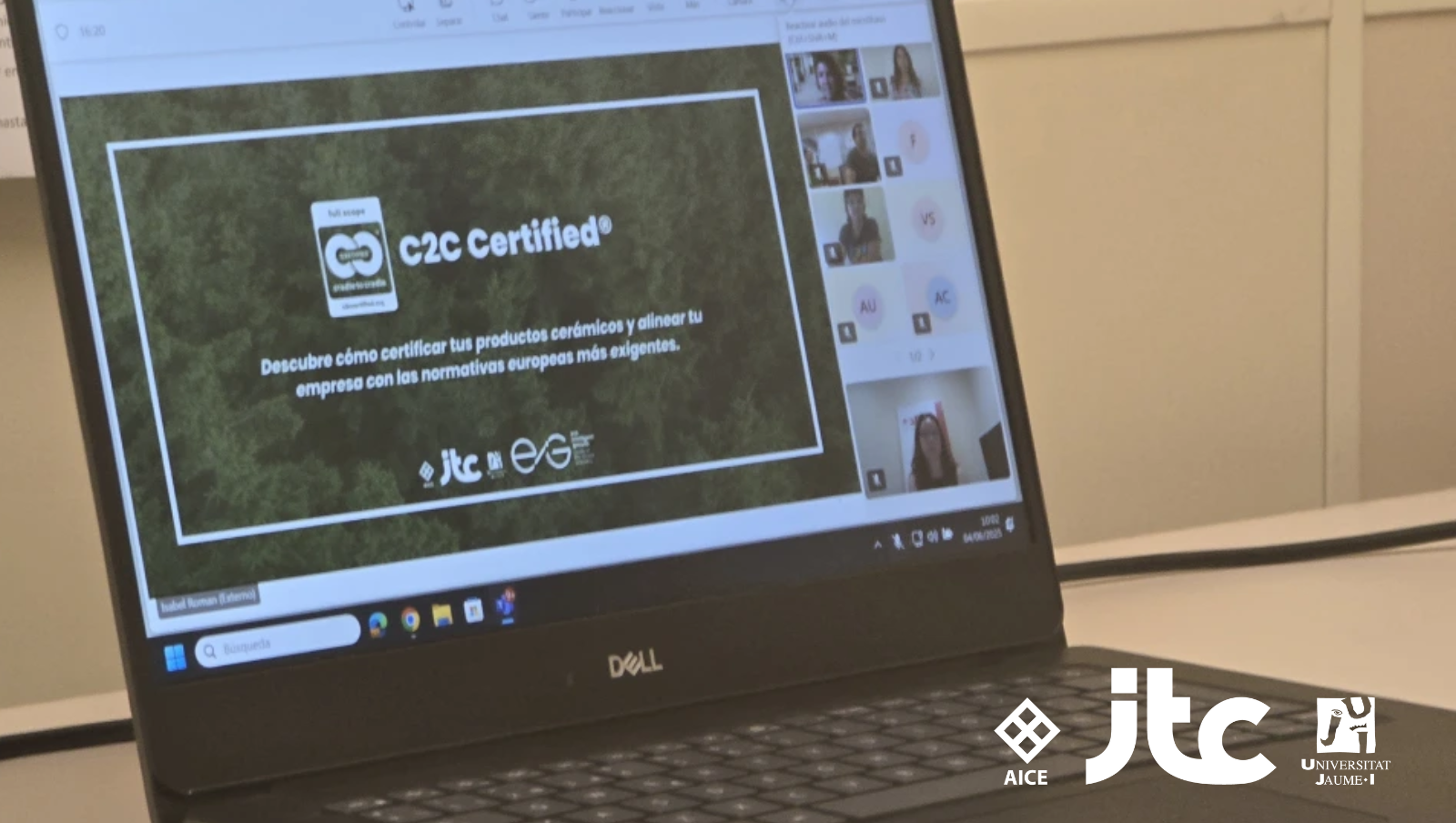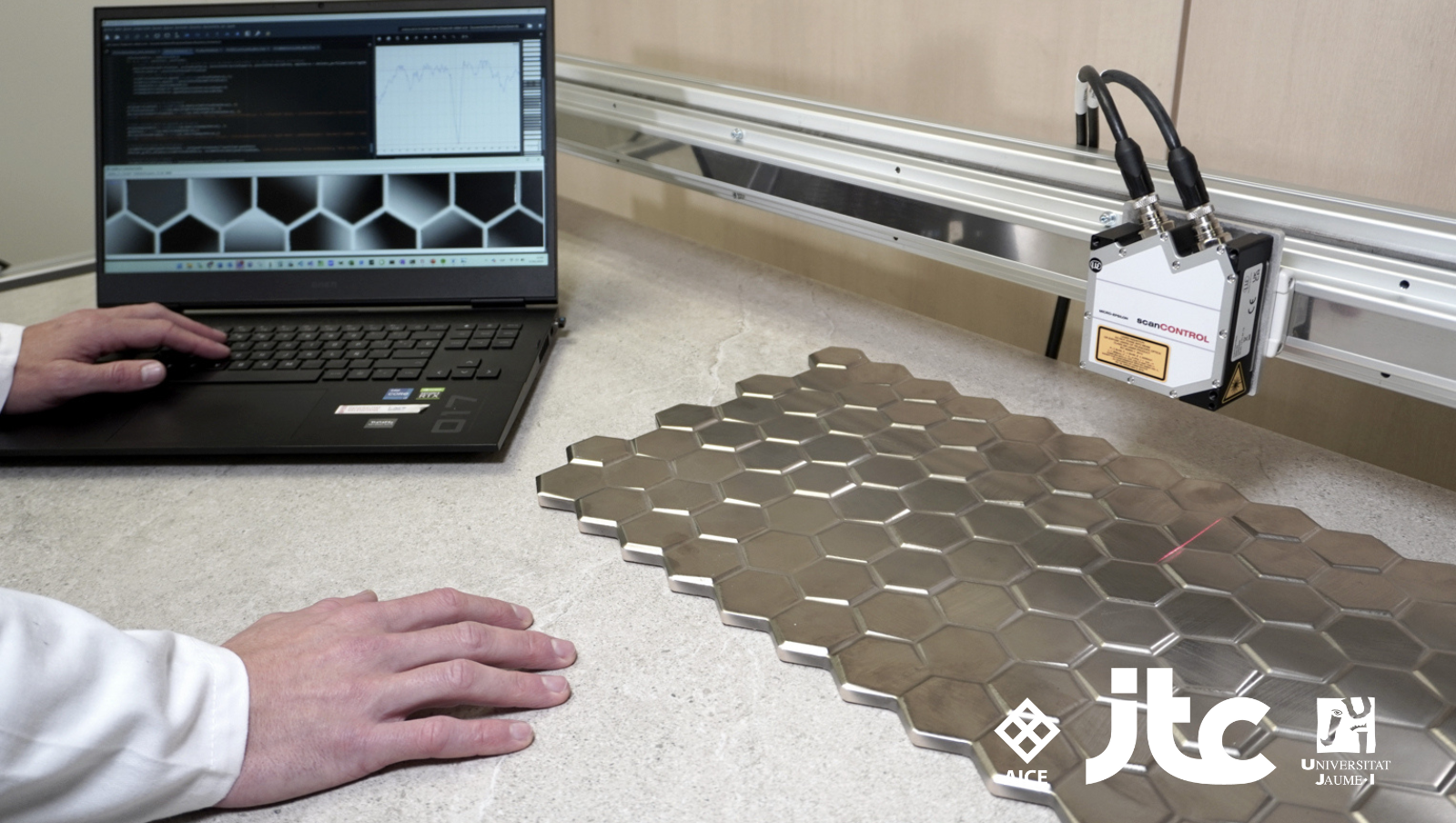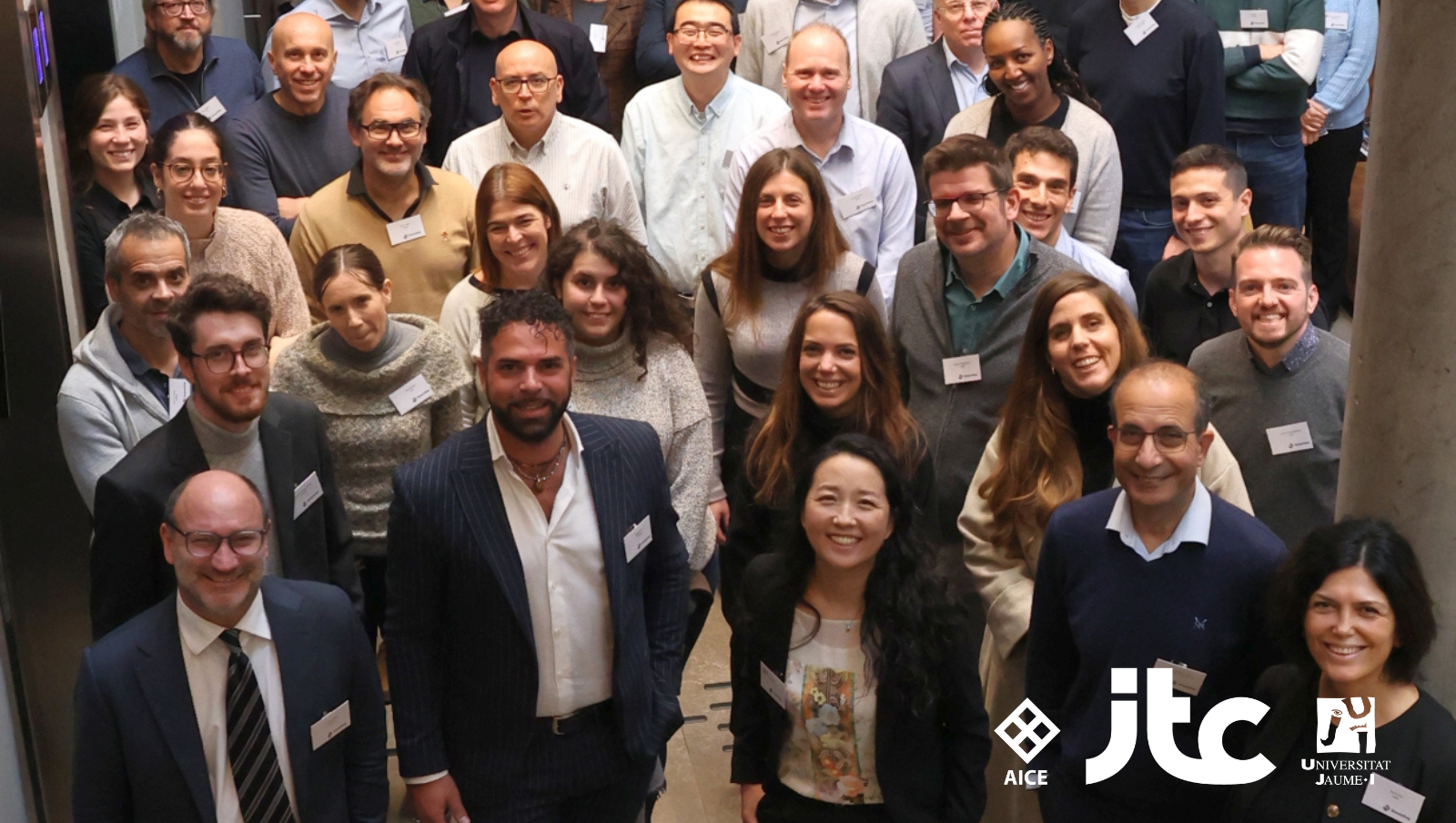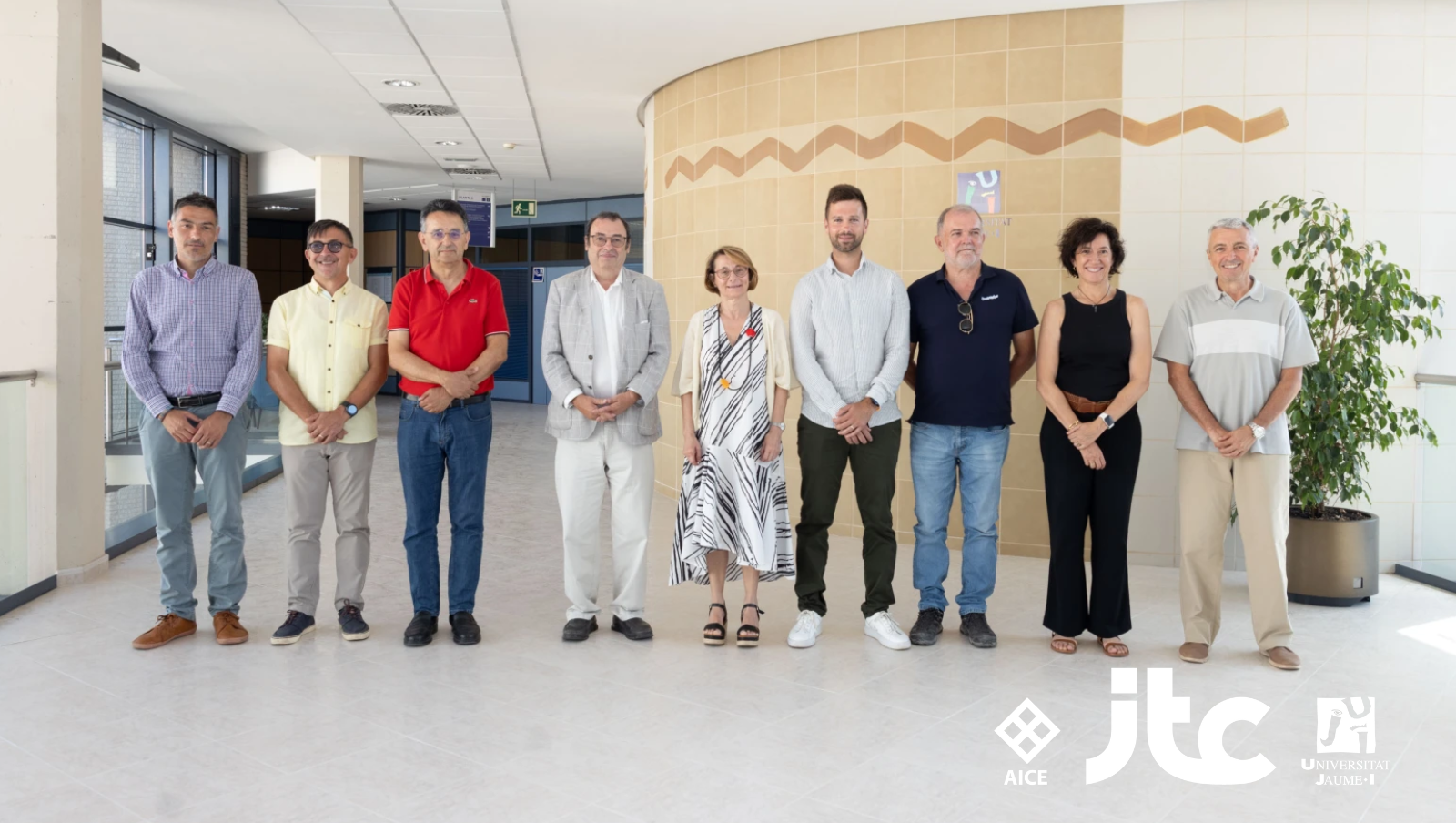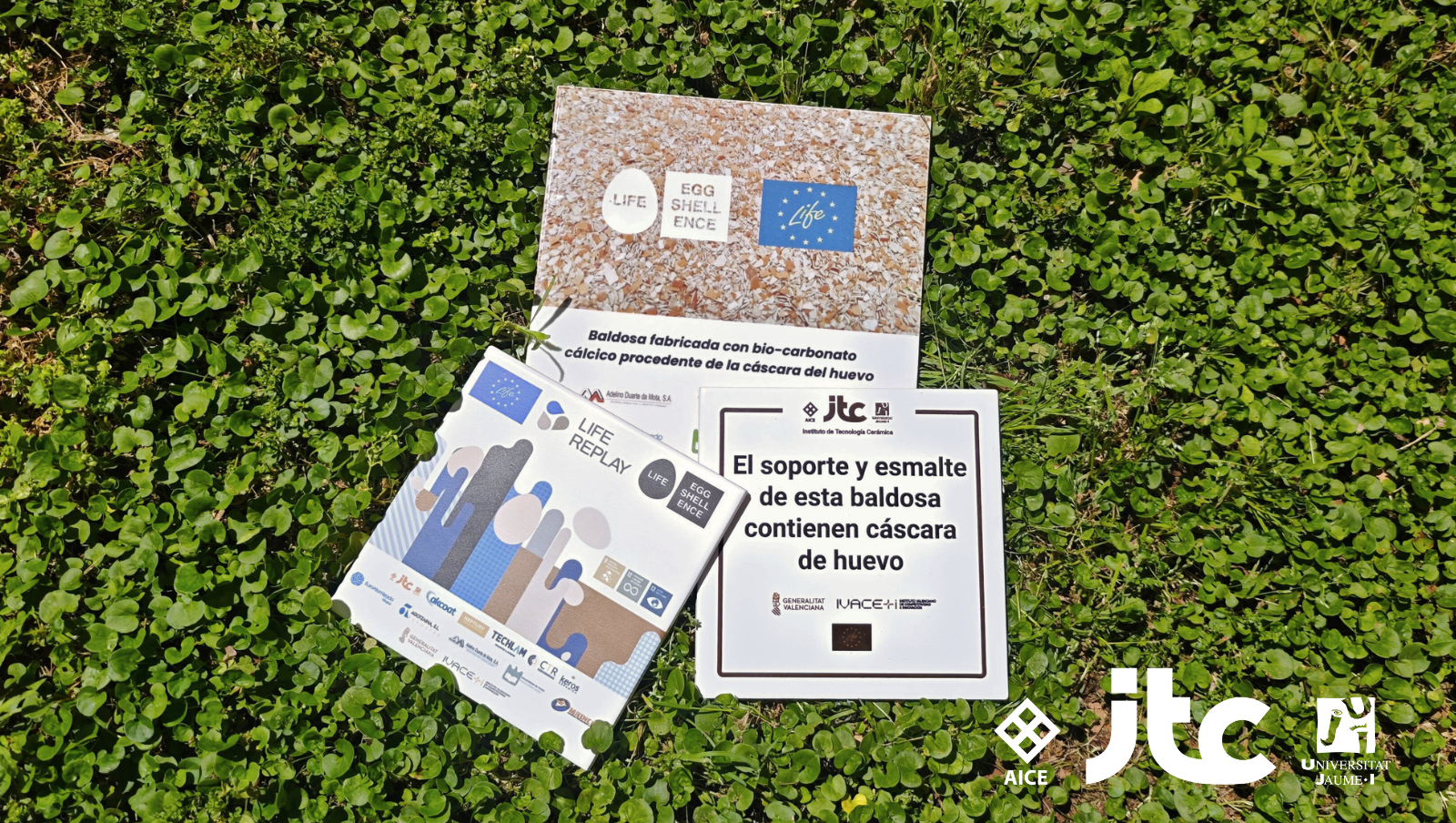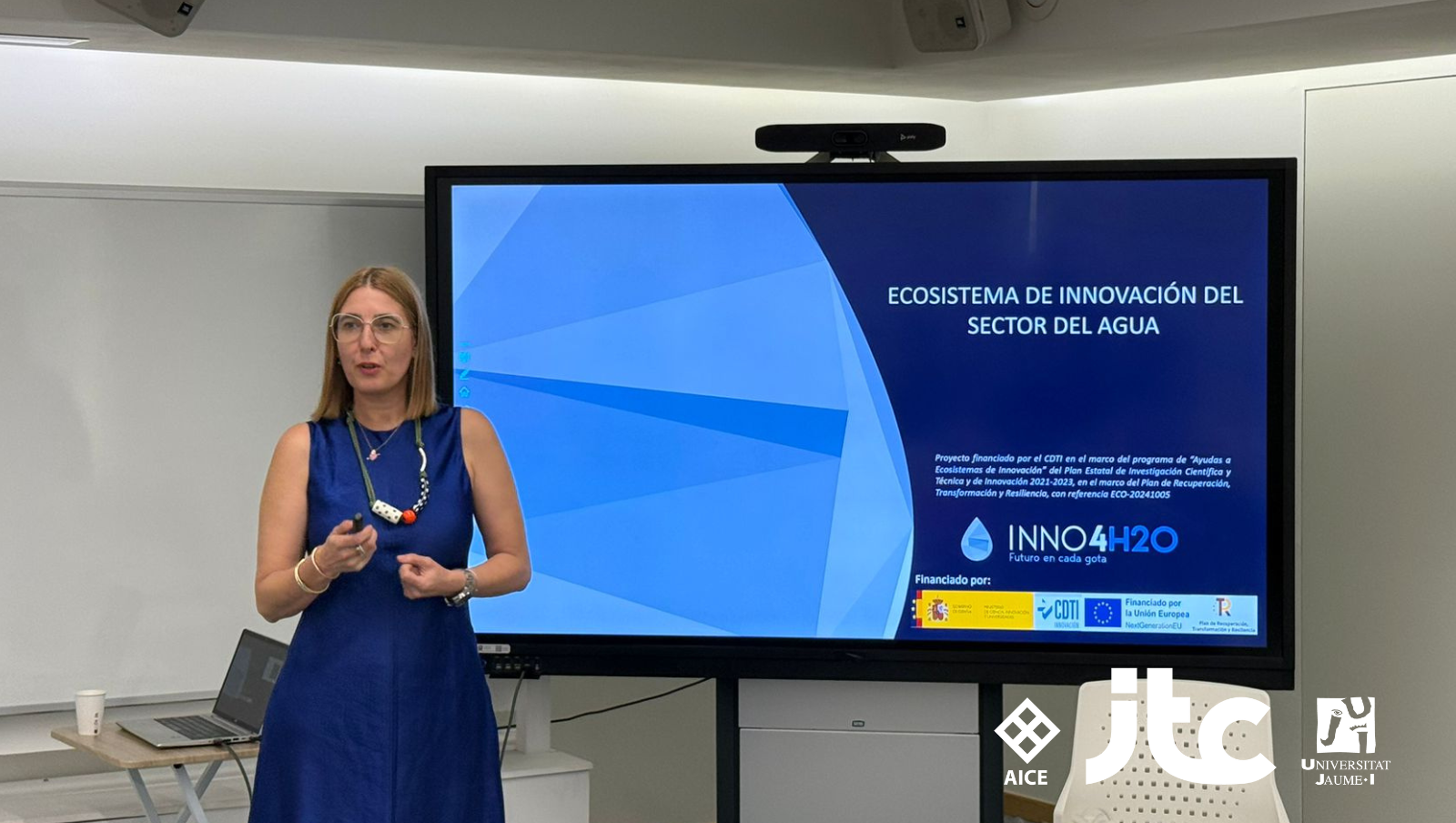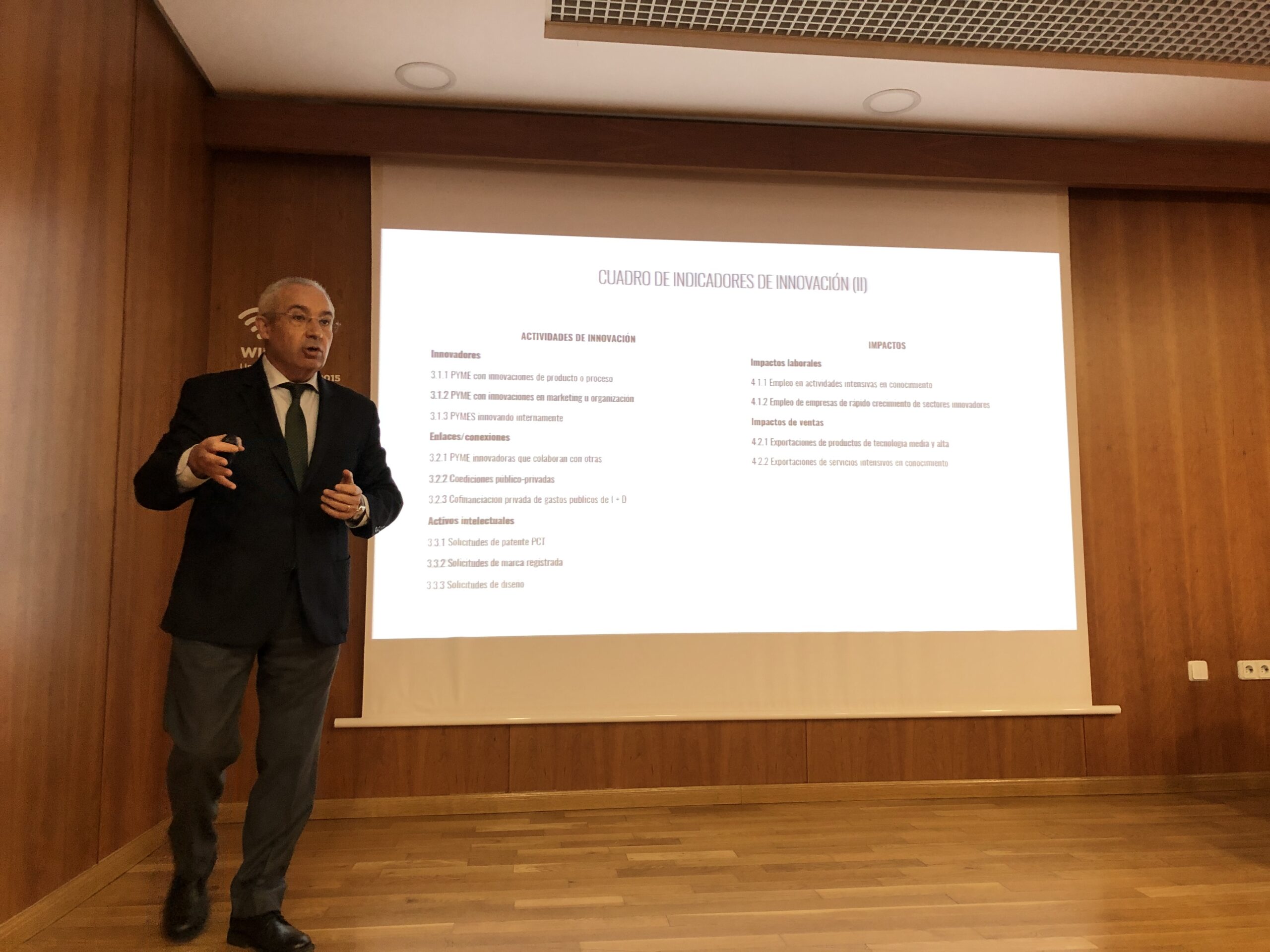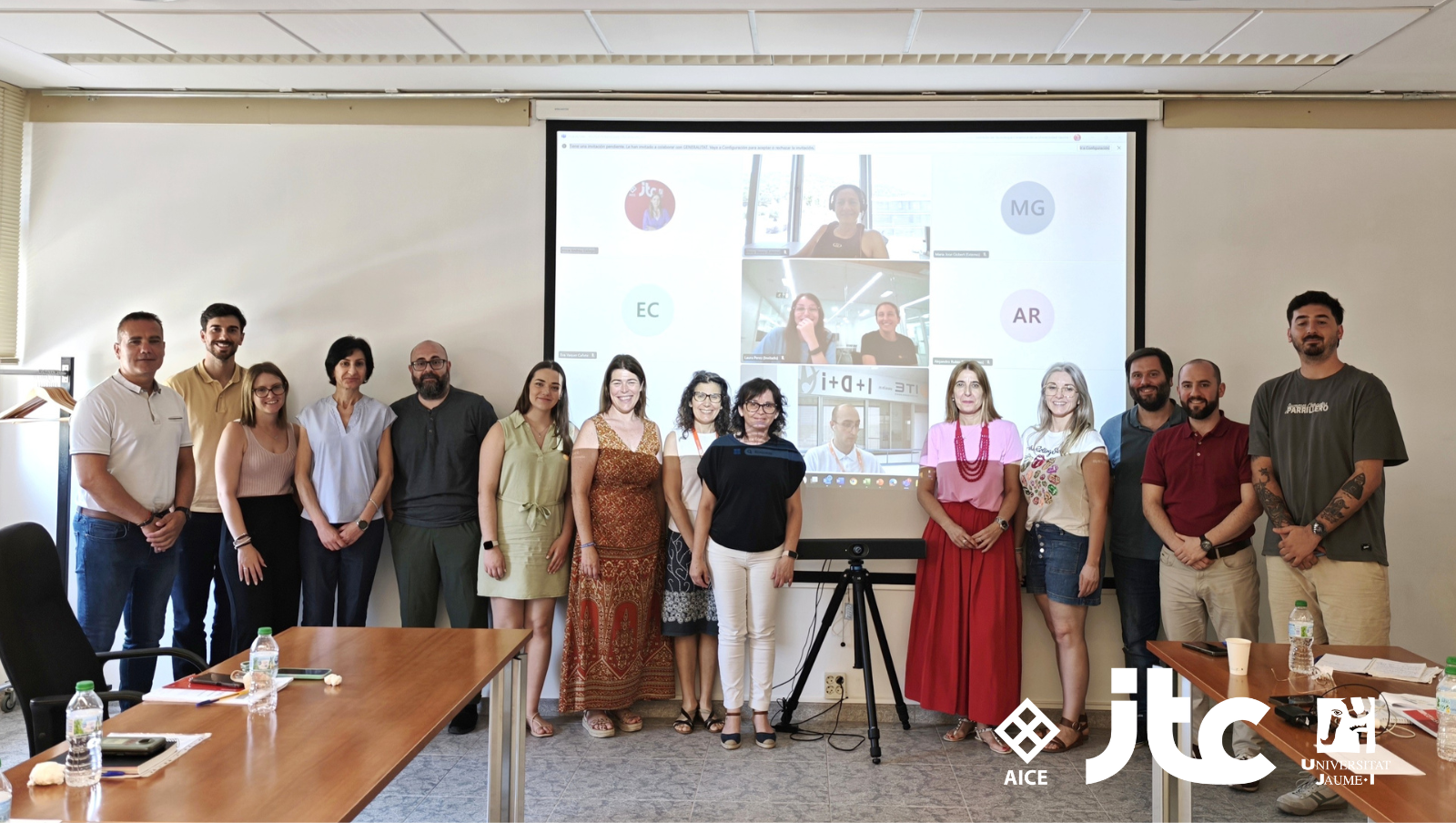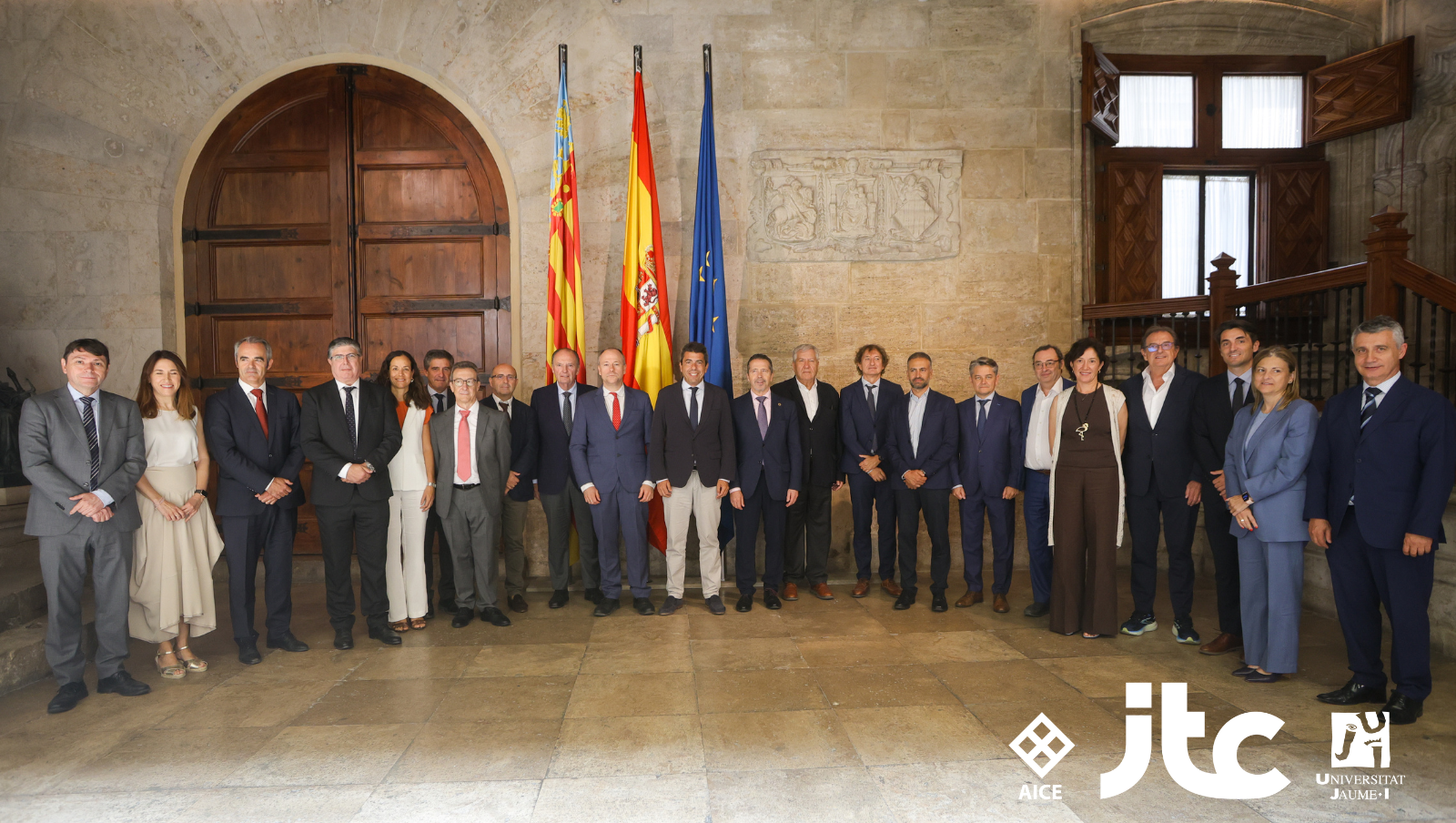Castellón, 26 January 2021 – The Institute of Ceramic Technology (ITC) is the coordinating body of the European LIFE HYPOBRICK project, which is committed to researching processes that help to implement the principles of the circular economy, as well as fight against the negative effects of climate change caused by greenhouse gas emissions.
This is why it is making progress in the development of LIFE HYPOBRICK, co-financed by the LIFE Programme (LIFE 18/CCM/ES/001114) and with the support of the Instituto Valenciano de Competitividad Empresarial (IVACE) of the Generalitat Valenciana.
In this case, the consortium formed by the companies Ladrillos Mora, S.L.; Recycling, Consulting & Services, S.L. (RCS); Schlagmann Poroton GmbH & Co. and the University of Nuremberg (Technische Hochschule Nürnberg) is joining forces to help the European brick industry to make the transition to a low-carbon economy in terms of climate change mitigation by working to develop building bricks by reusing waste from other sectors and eliminating the firing stage, which consumes 90% of the energy used in the entire manufacturing process. Instead, the new technology known as alkaline activation is being applied, curing the bricks at very low temperatures and reducing greenhouse gas emissions into the atmosphere by 90%, specifically 184 tonnes, compared to the 1,000 tonnes of bricks expected to be produced at LIFE HYPOBRICK, as well as saving, also compared to the 1,000 tonnes produced, some 860 tonnes in the consumption of raw materials such as clays, melting agents and quartz.
These new sustainable bricks could be replicated in the future in other materials such as tiles, roof tiles, pipes, slabs, and other non-ceramic materials such as concrete and derivates.
According to Dr. Mónica Vicent, one of the main researchers on this project, «the firing process of these materials, in this case bricks, is the main source of carbon dioxide emissions into the atmosphere. We have done research to find an alternative solution to the firing process to consolidate them and this is alkaline activation. Alkali-activated materials, also known as geopolymers, are inorganic solids that form three-dimensional networks with a molecular structure analogous to that of organic polymers and with mechanical properties similar to those of ceramic materials. The consolidation of the material is carried out by a polymerisation reaction at a low temperature of less than 200 °C, without the need for a firing stage. In addition, this process allows the use of a wide variety of aluminosilicate wastes, which makes it very attractive from an environmental point of view. So, we have made progress in preparing alkali-activated materials, in which we have used only waste as a source of silica and alumina”.
In order to broaden the range of wastes that can be used, both aluminosilicates (activatable) and non-activatable wastes that are introduced as filler material have been tested. In this way, according to Dr. Mónica Vicent, they aim to maximise the use of waste that is currently being dumped: waste from the ceramics sector (fired scraps), fly ash from thermoelectric power plants, glass from different sources (cathode ray tubes, solar panels, etc.), plastic from electrical and electronic equipment, construction and demolition waste, etc.
The analysis and characterisation of these wastes, which have been subjected to tests such as bulk density, open porosity, mechanical strength, leachability and microstructure, confirm that many of these selected wastes are suitable for the manufacture of facing bricks by alkaline activation.
Further information:





